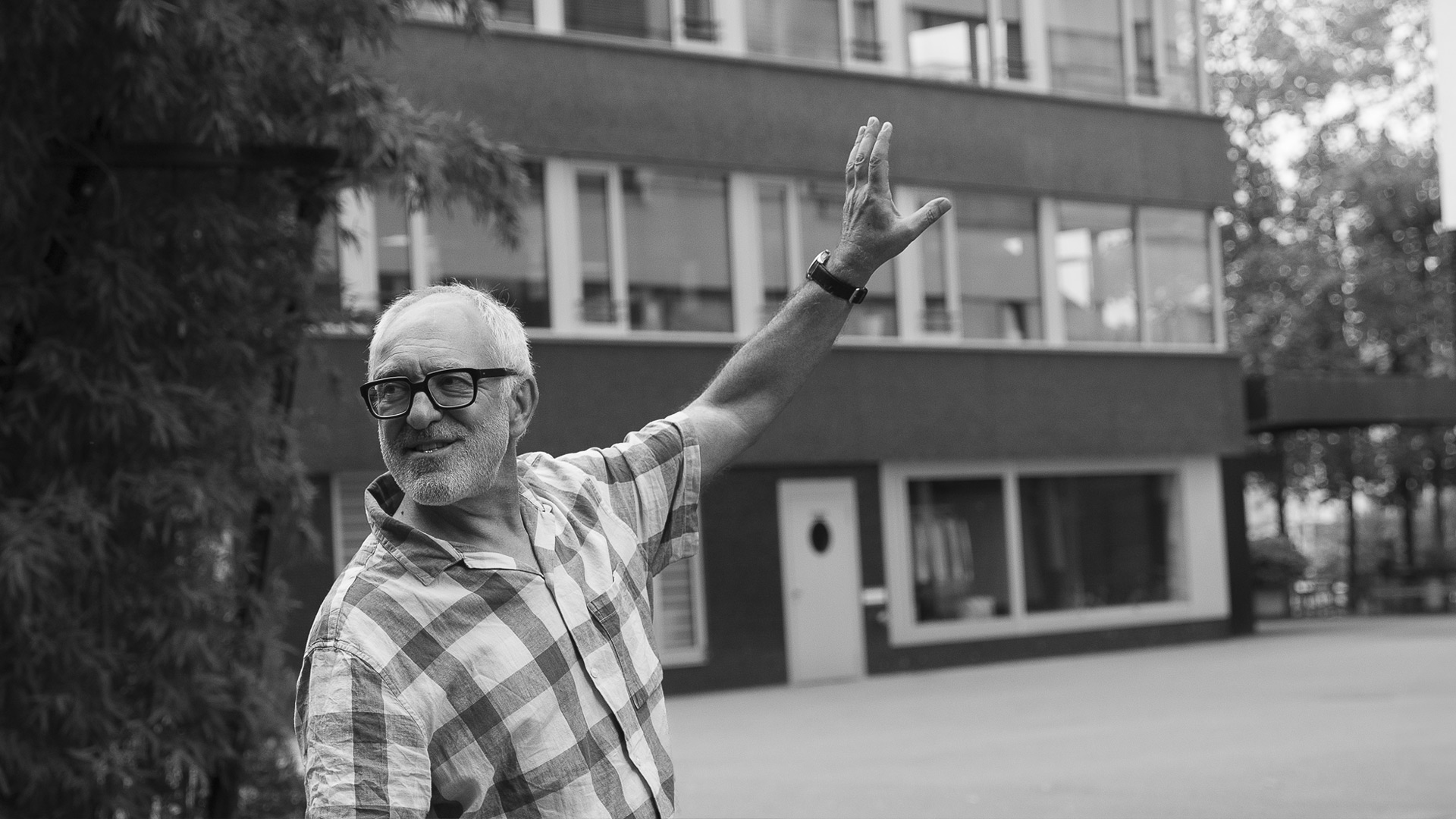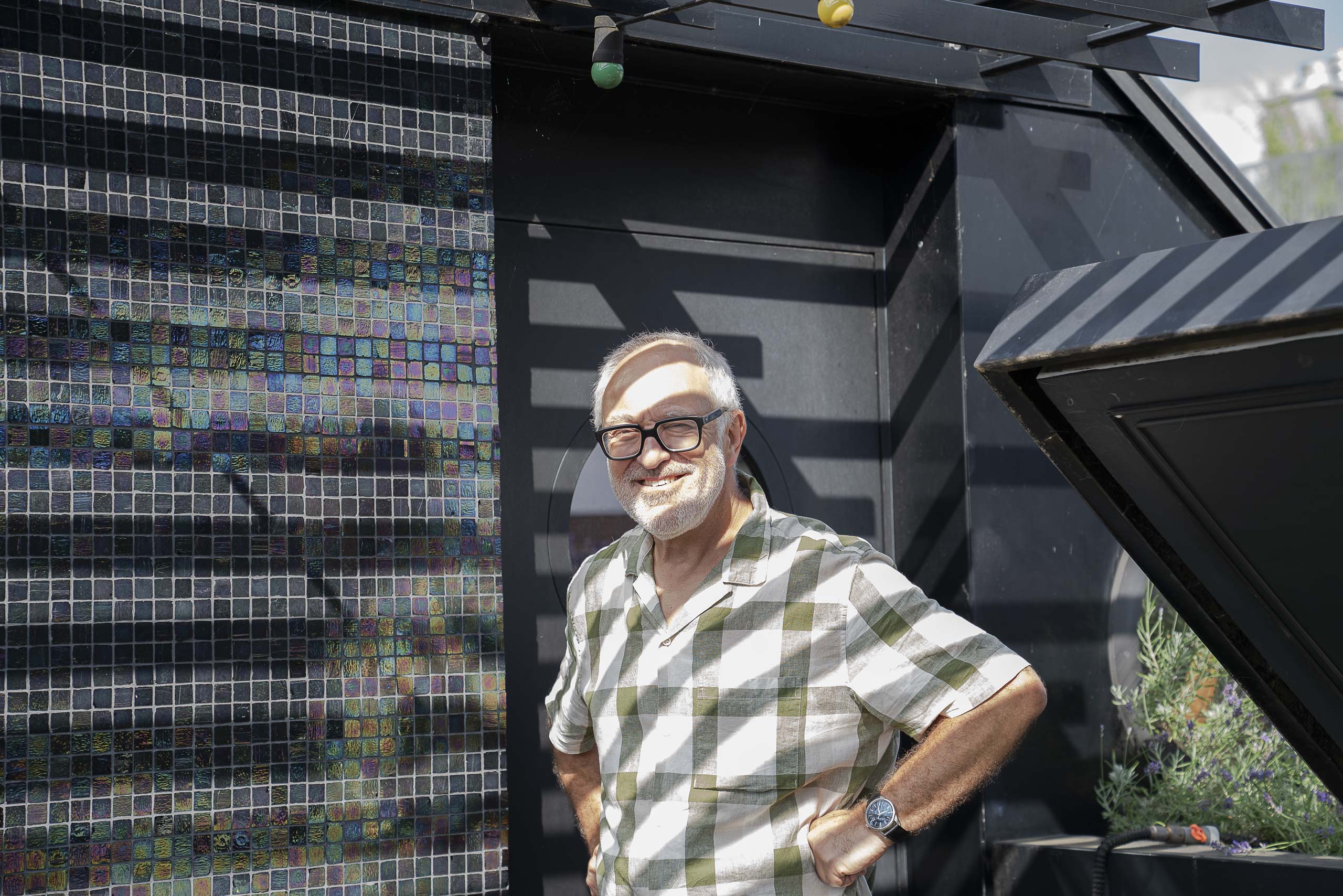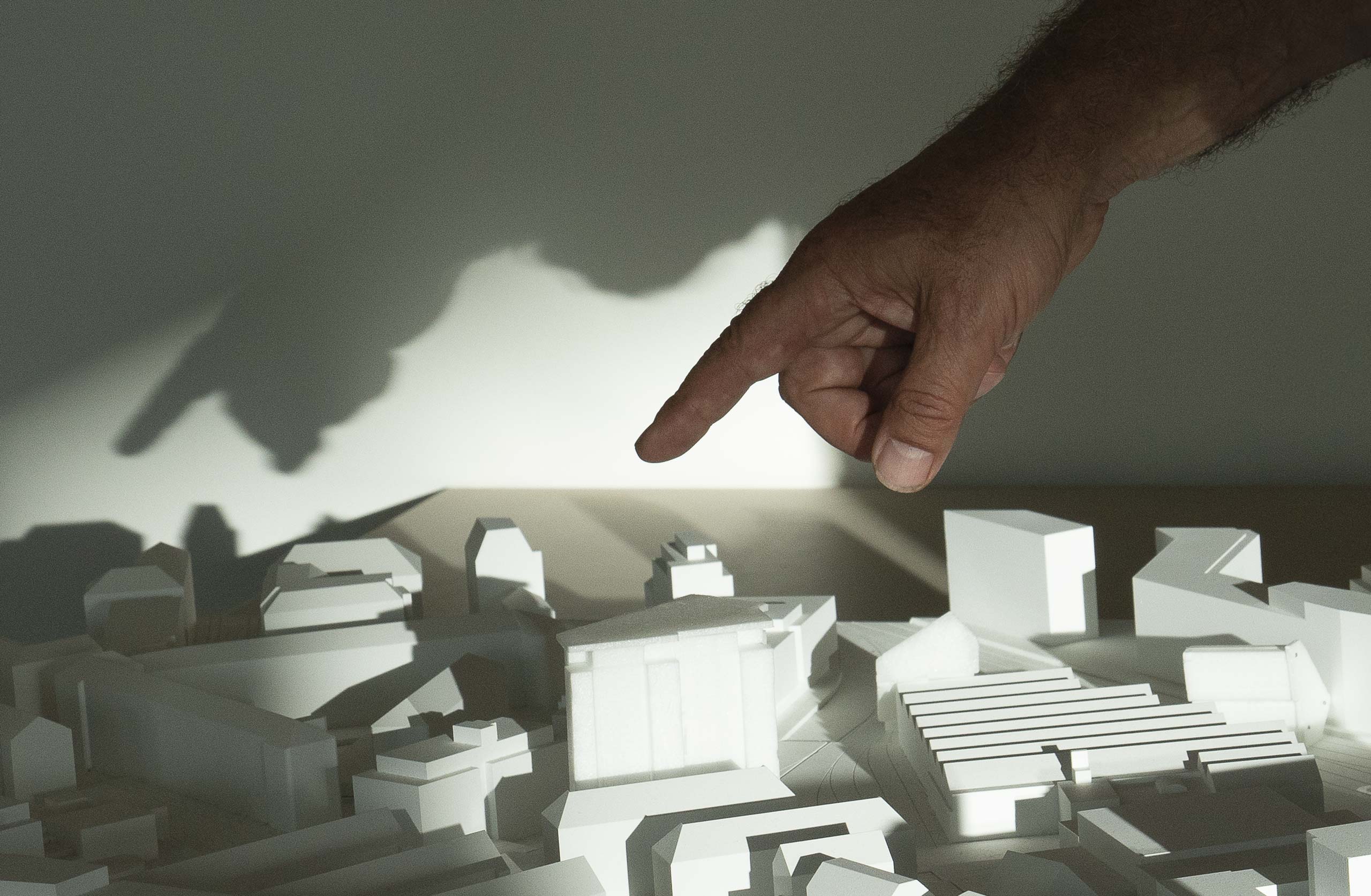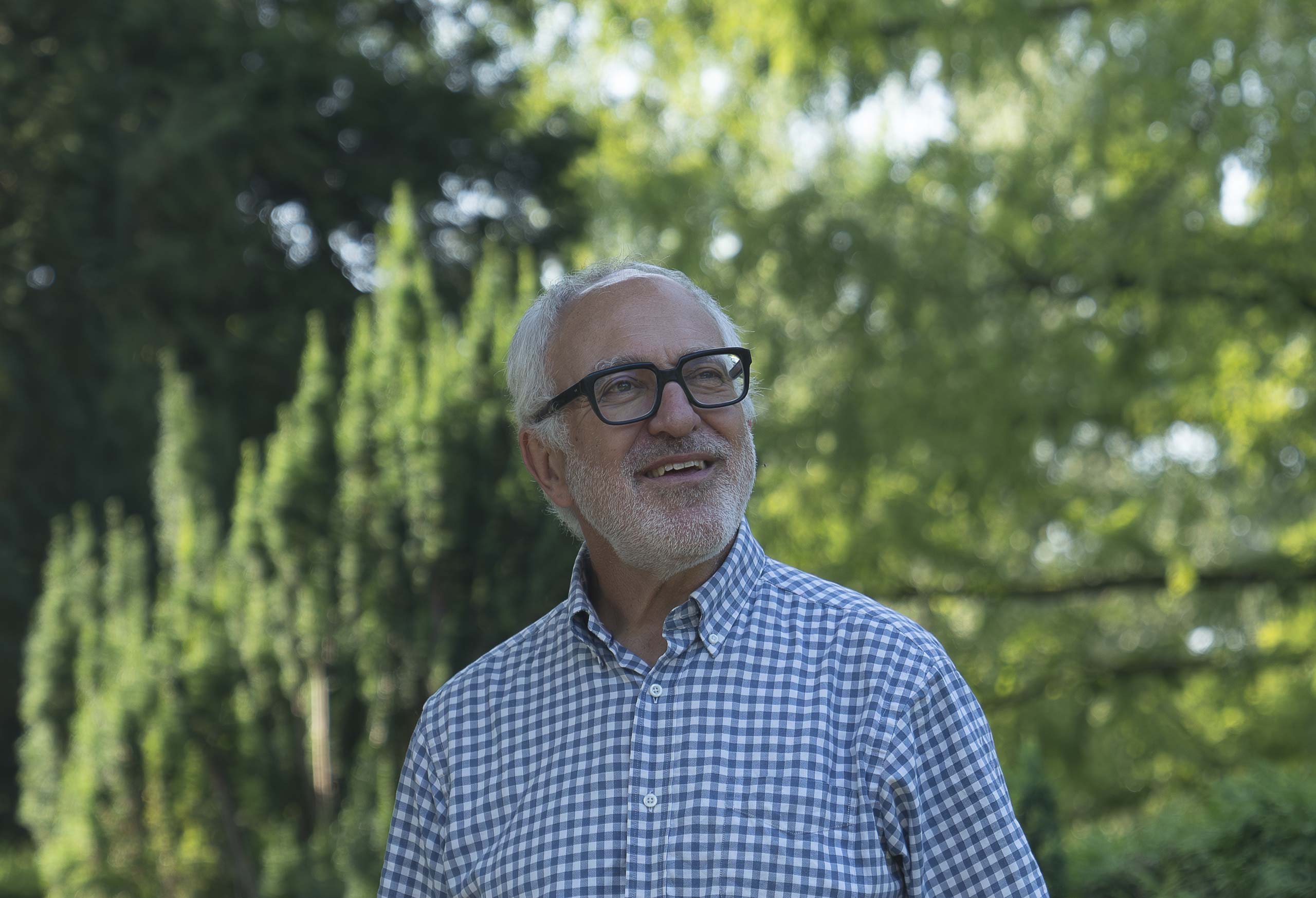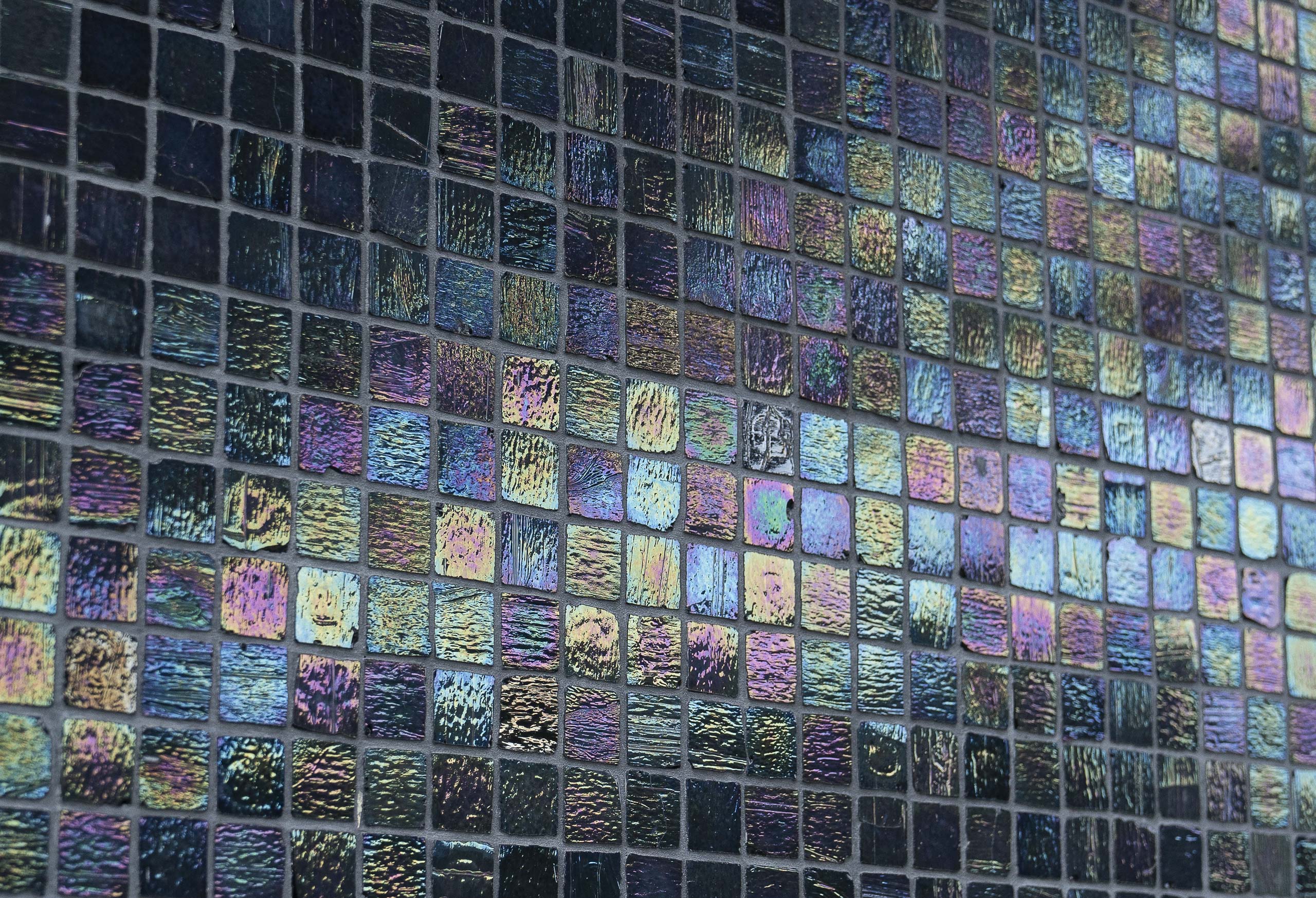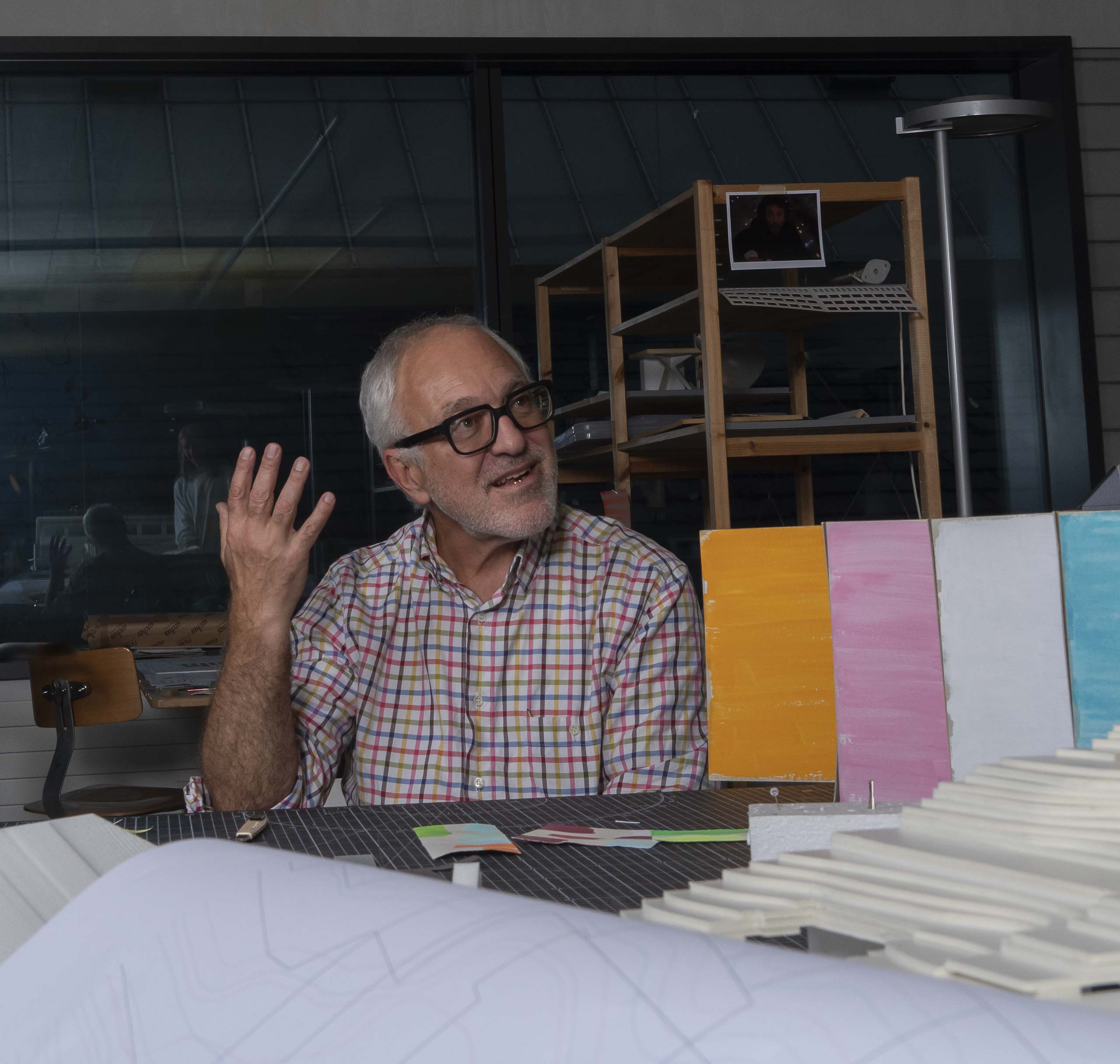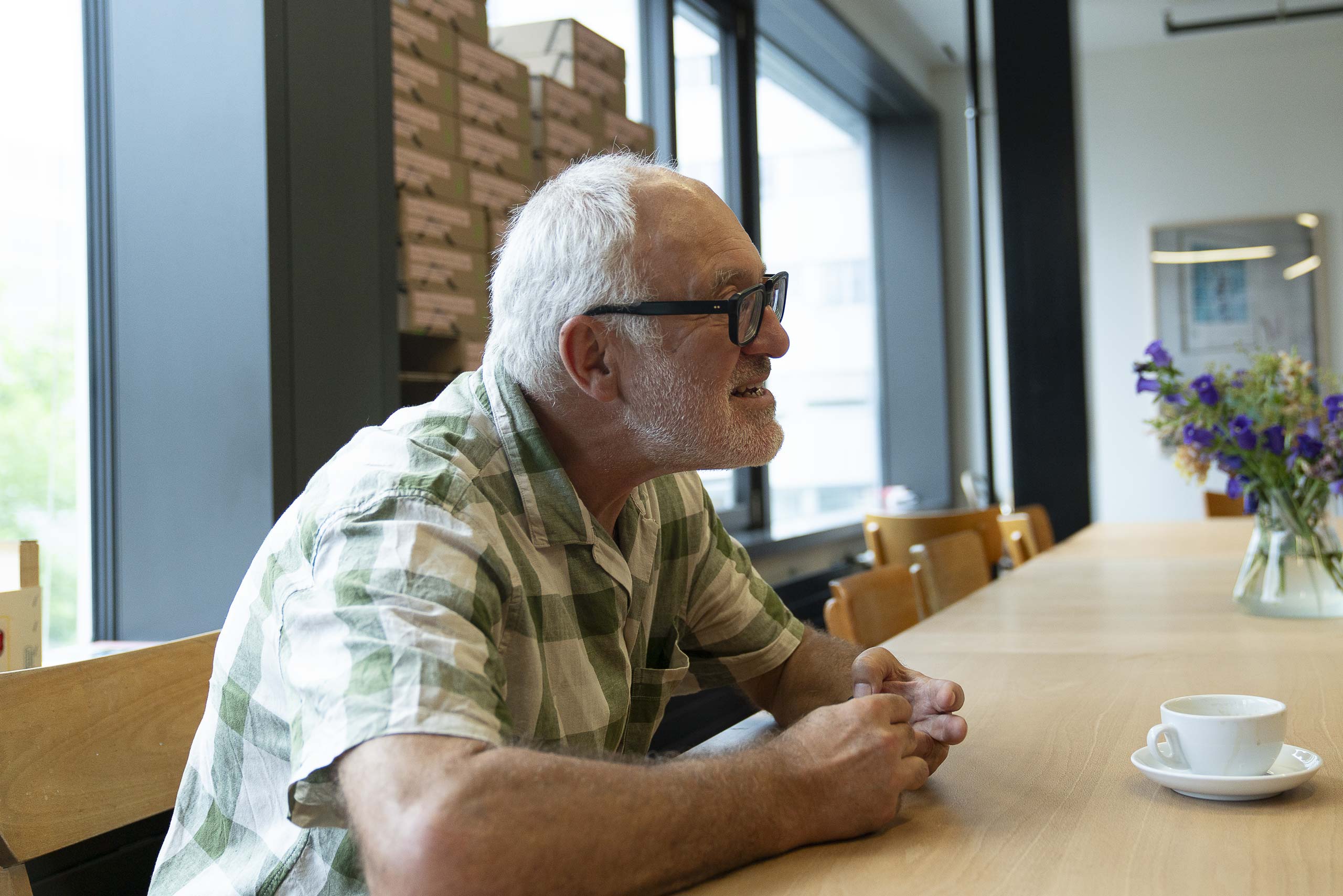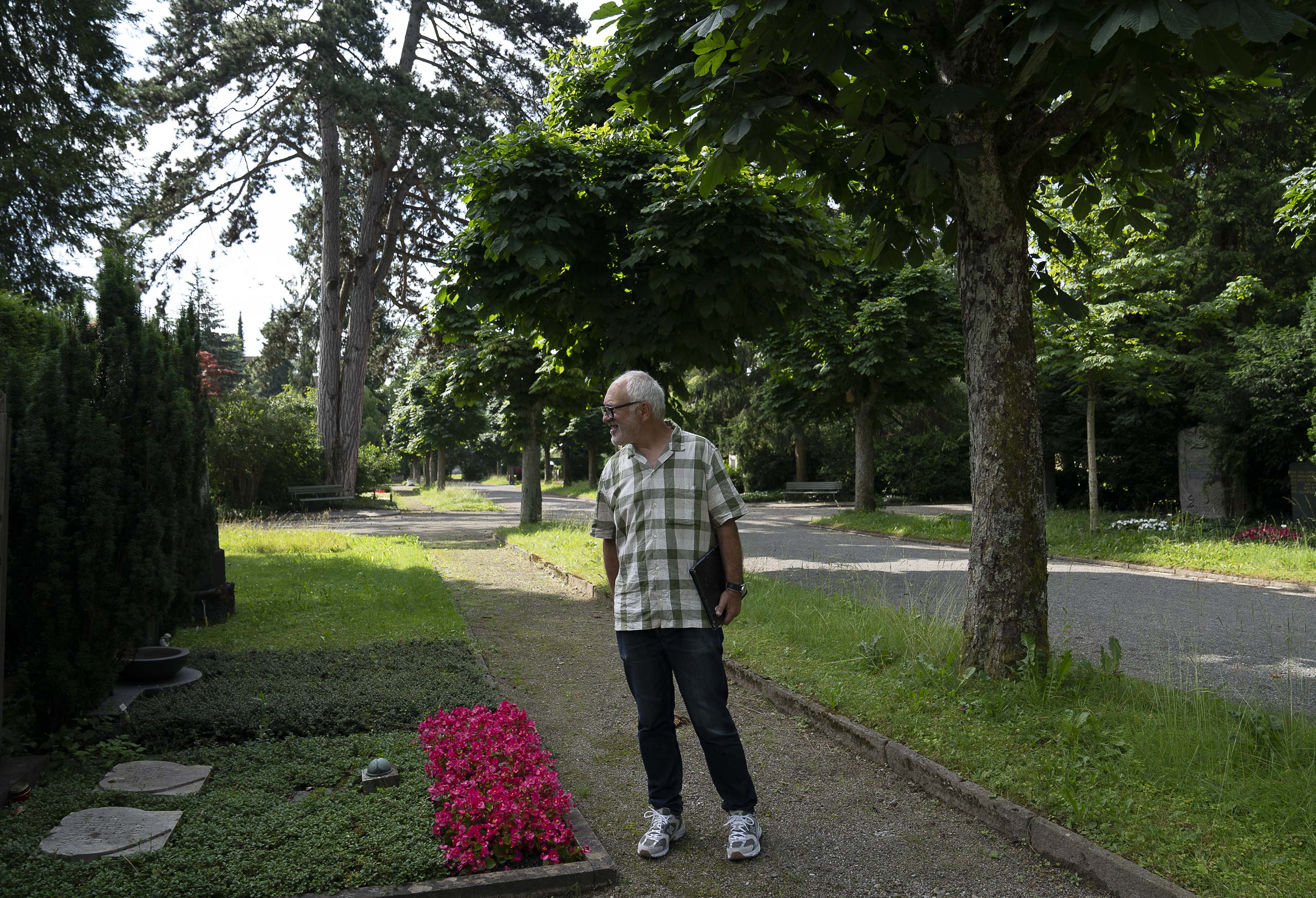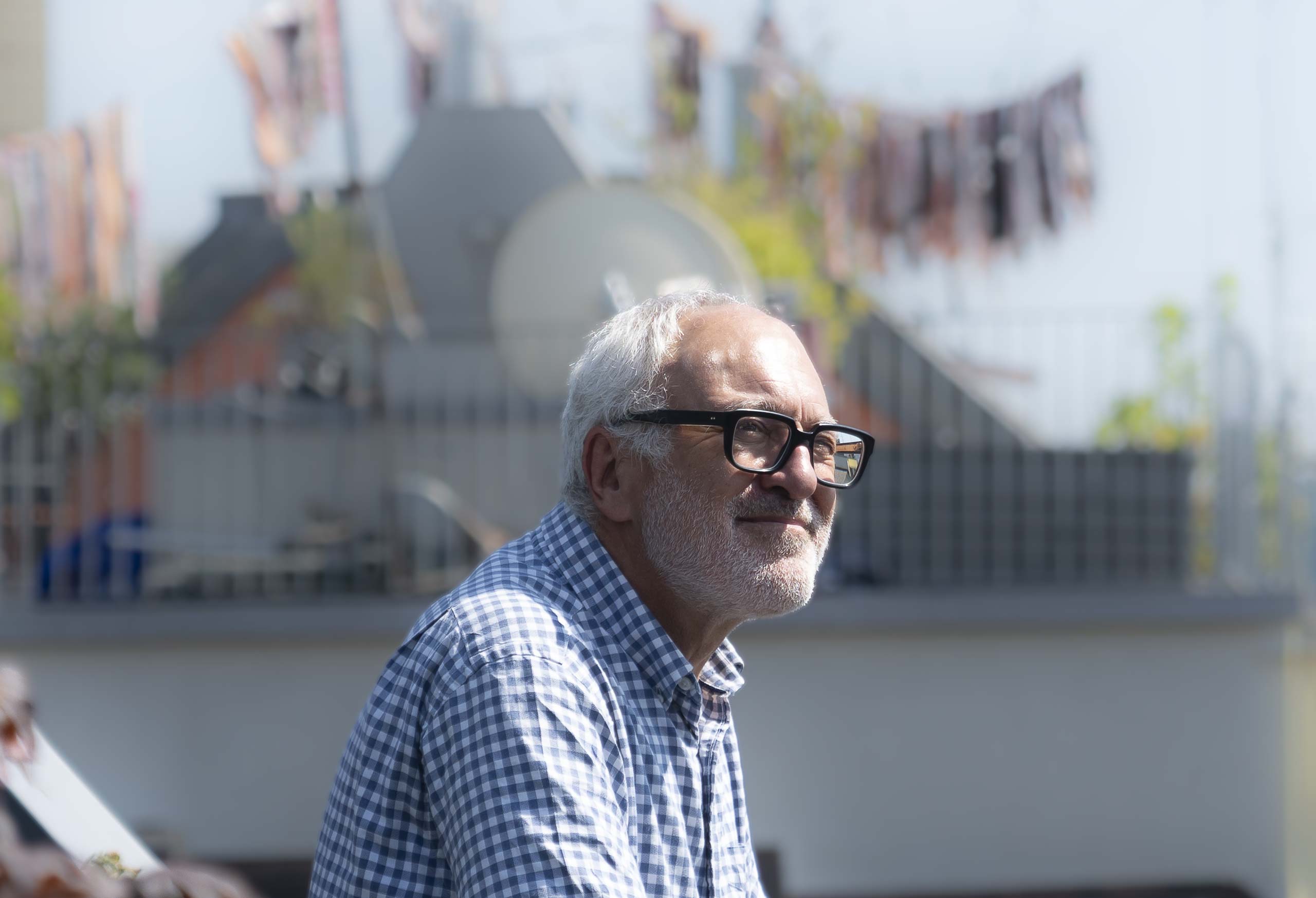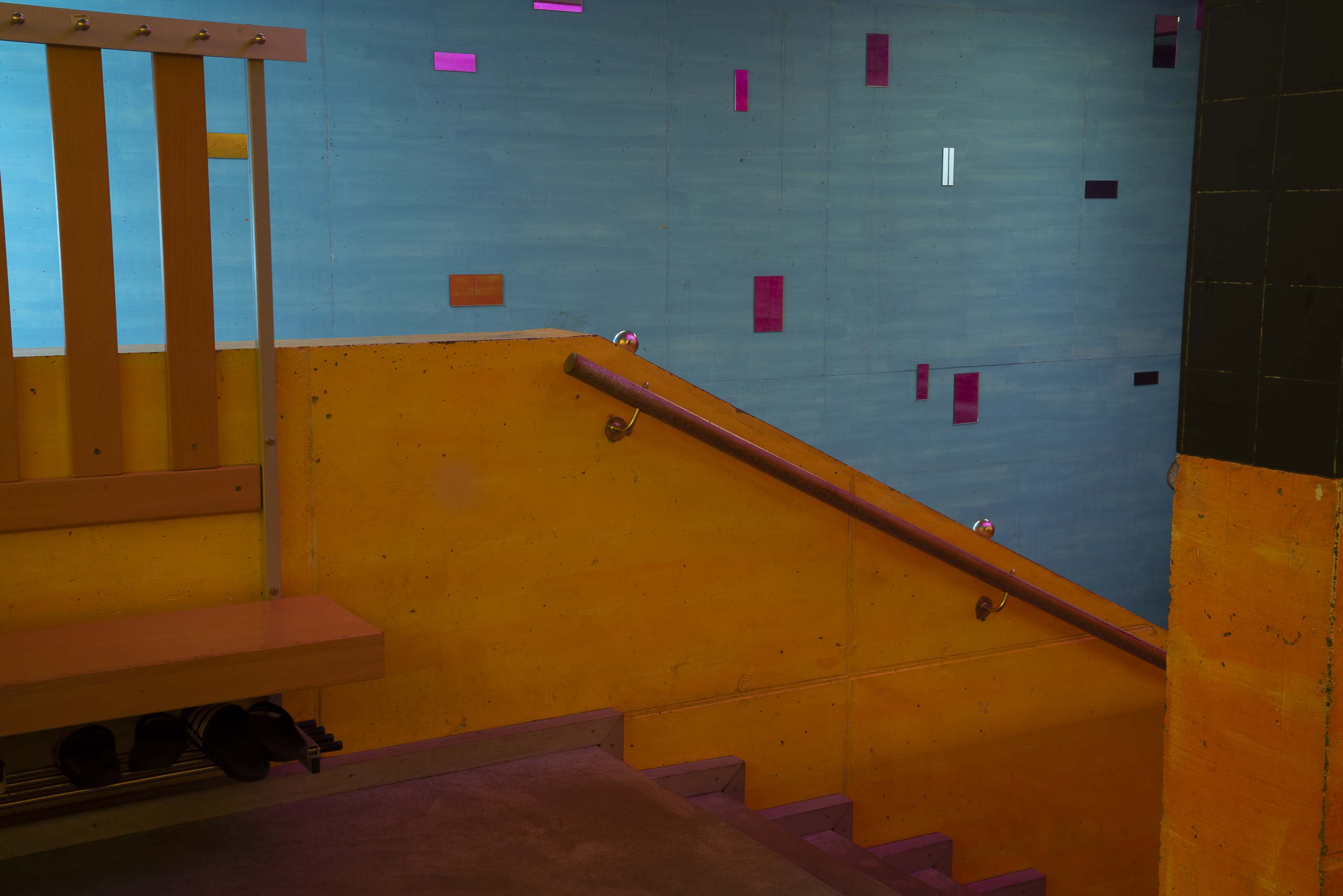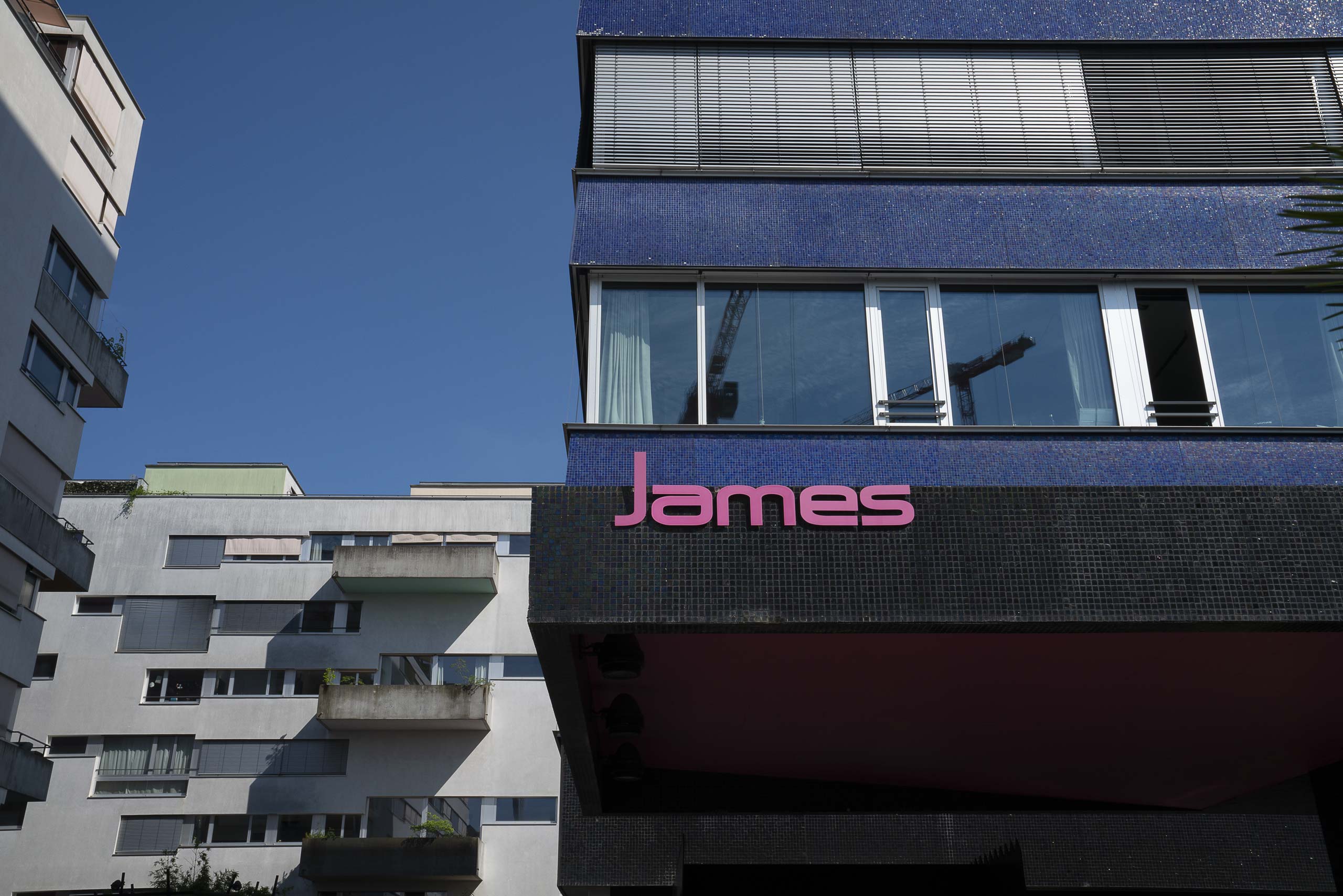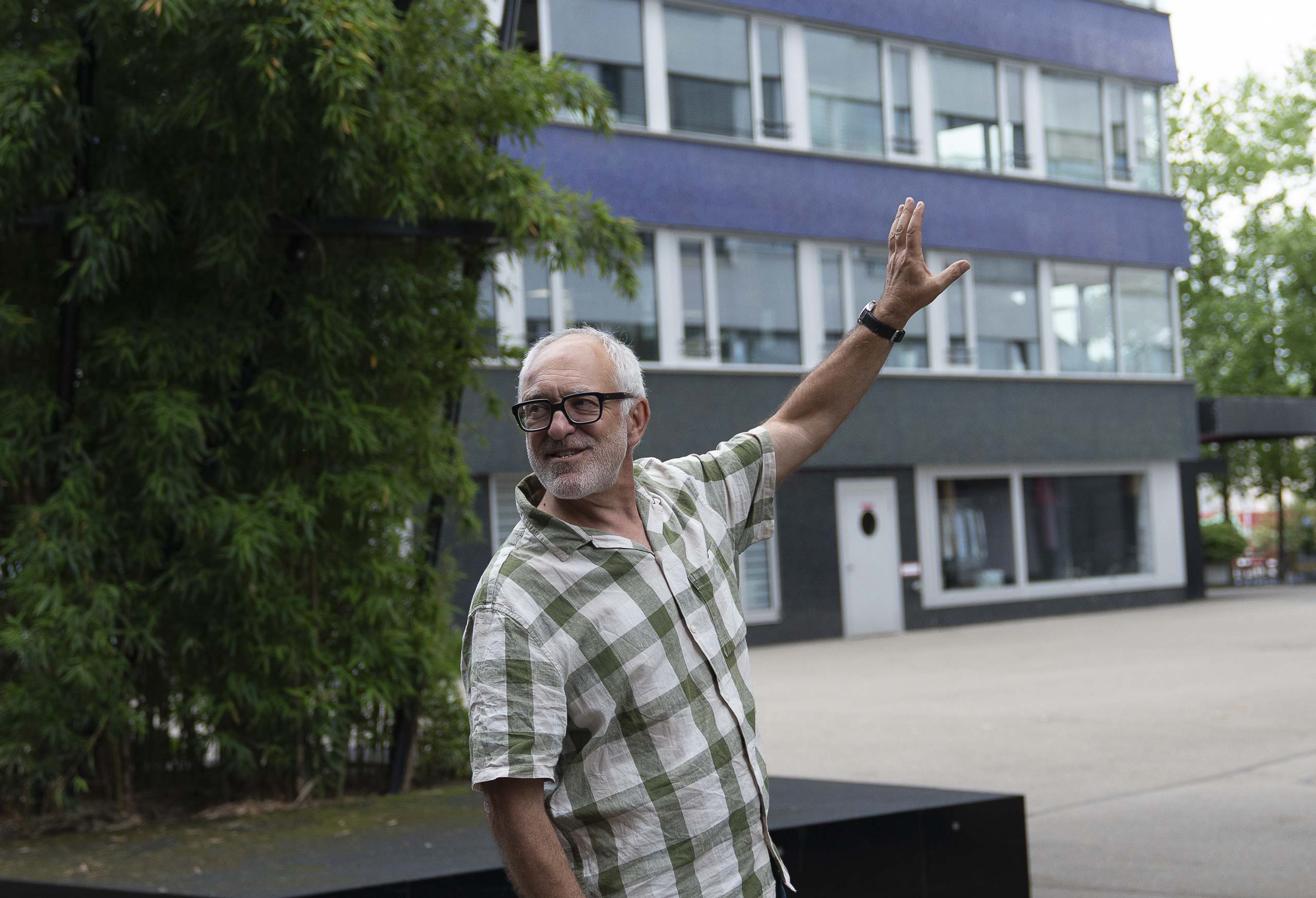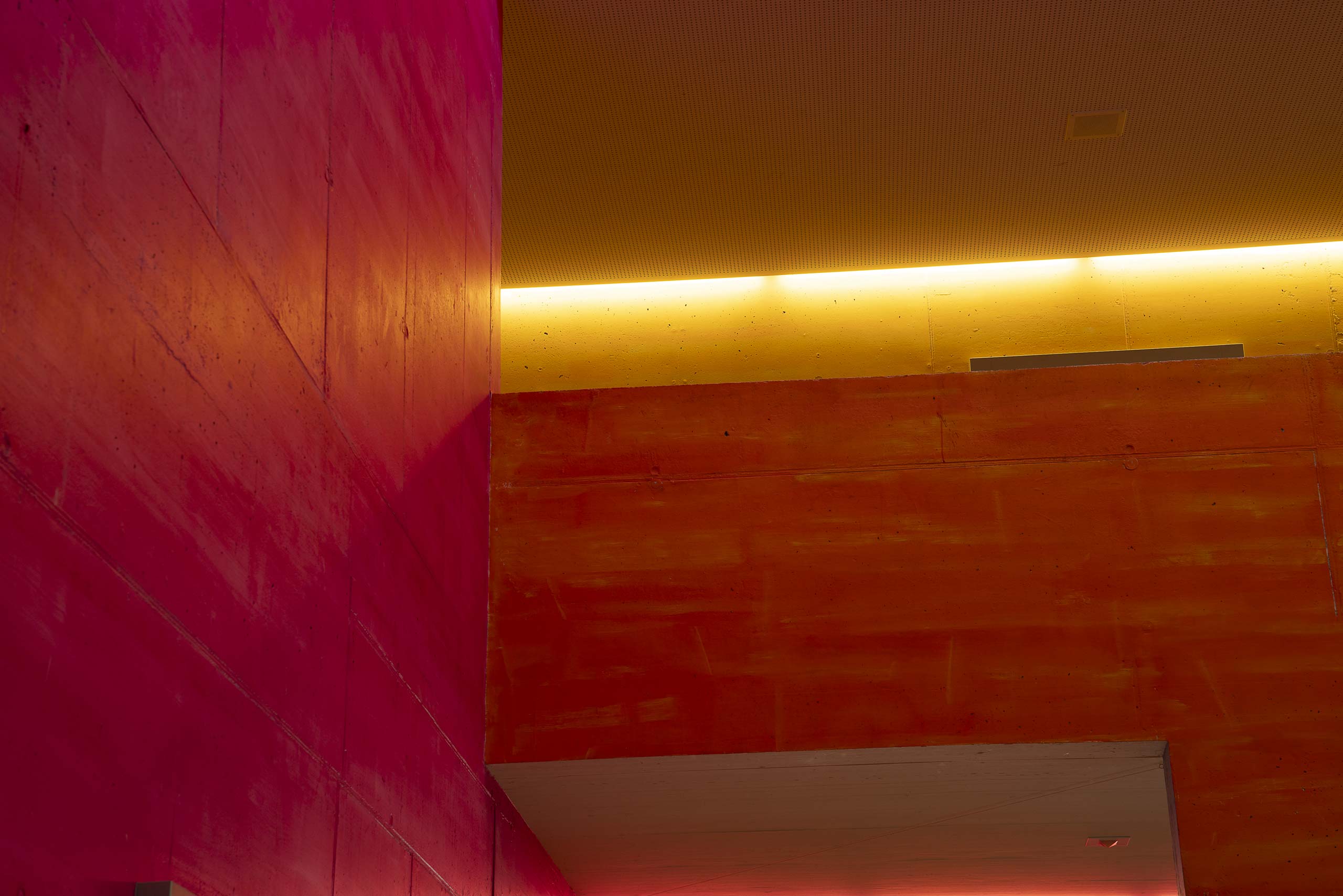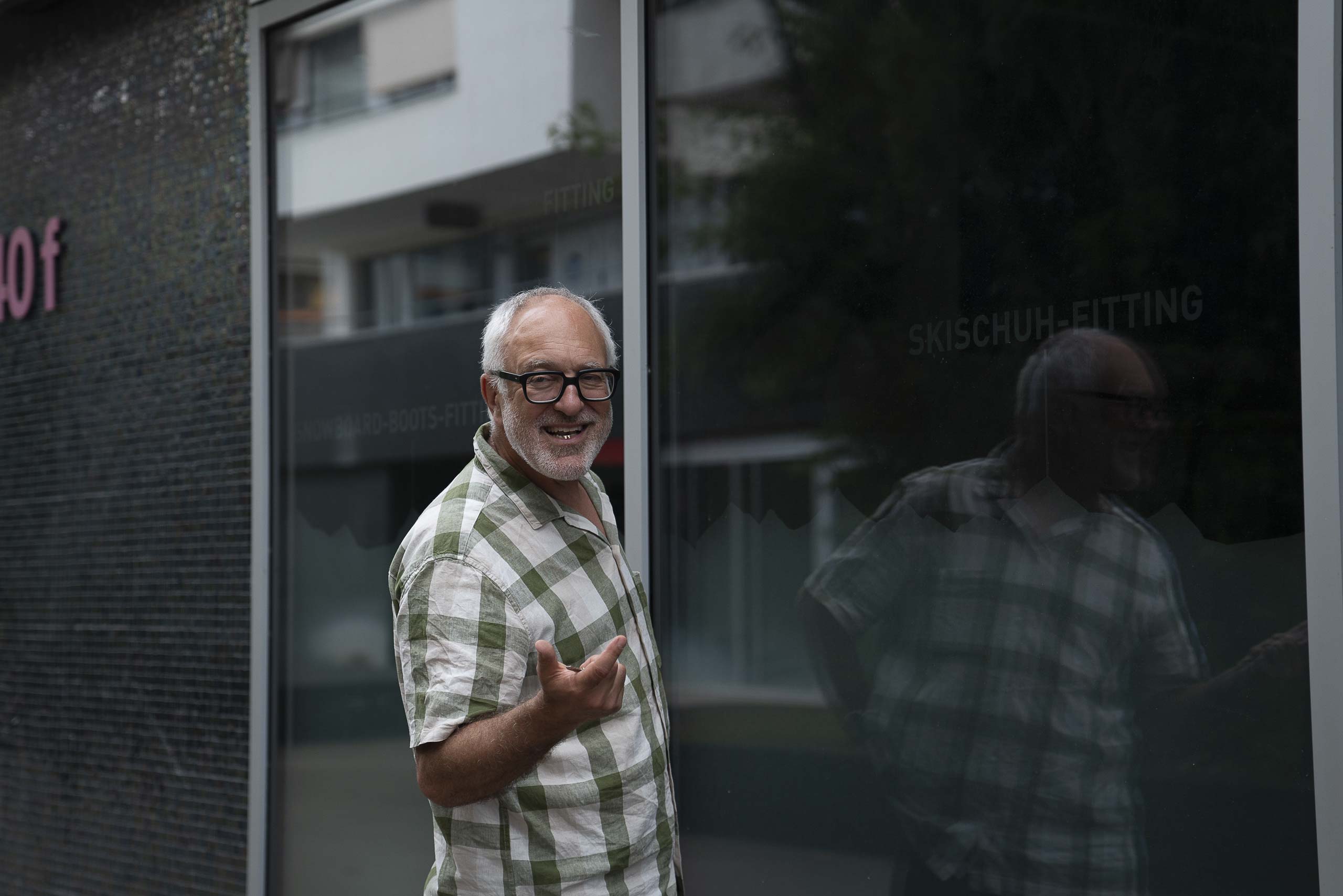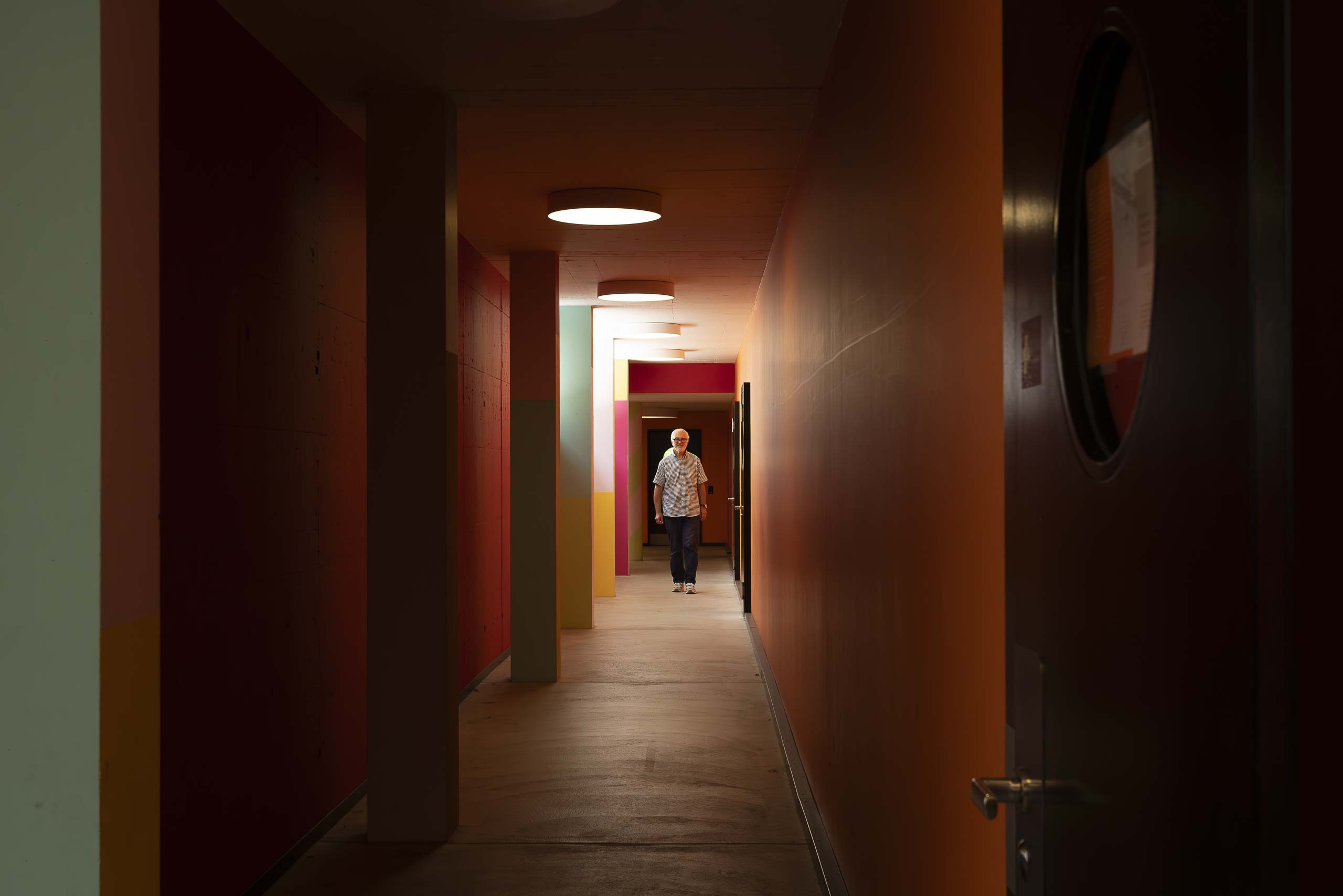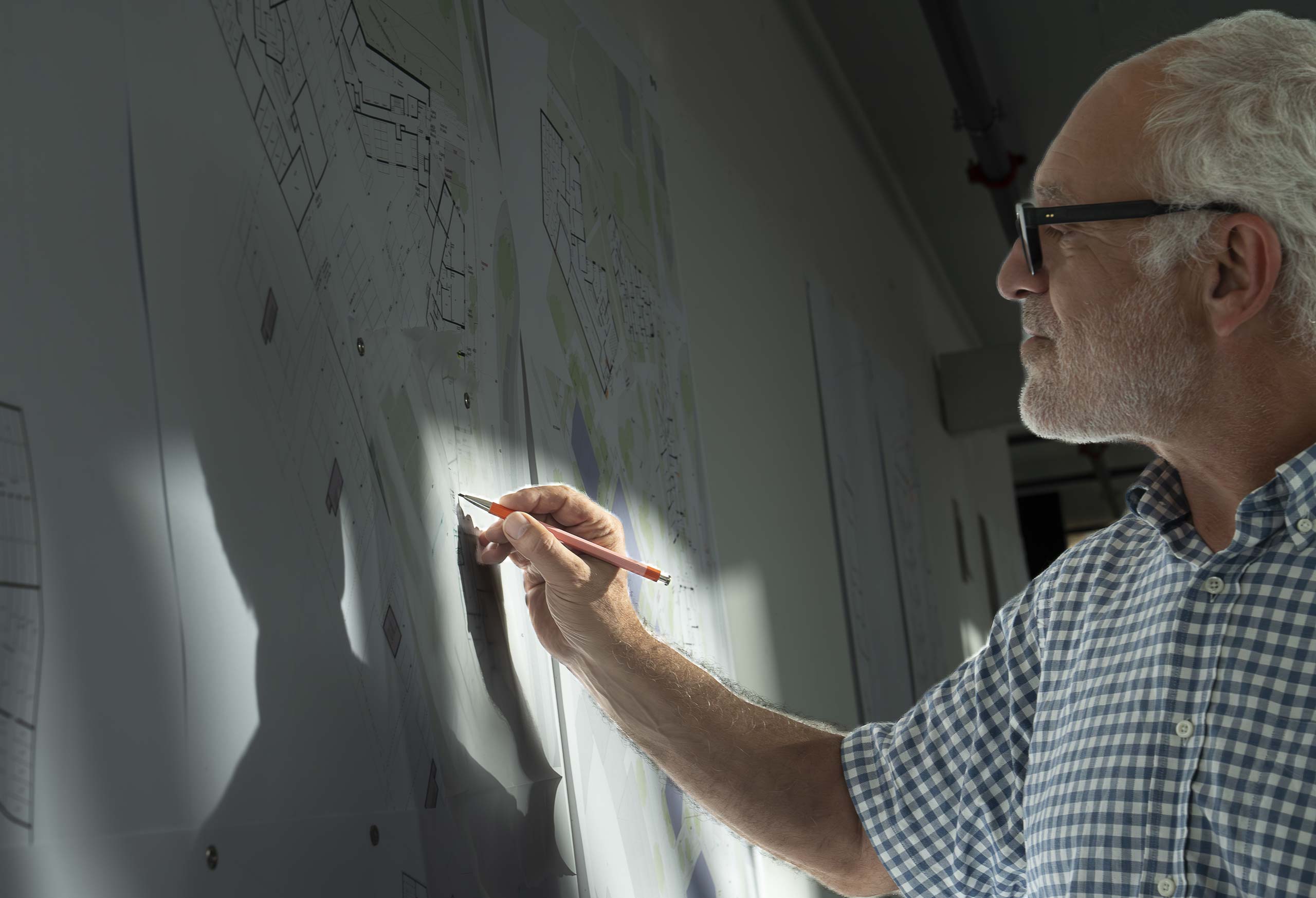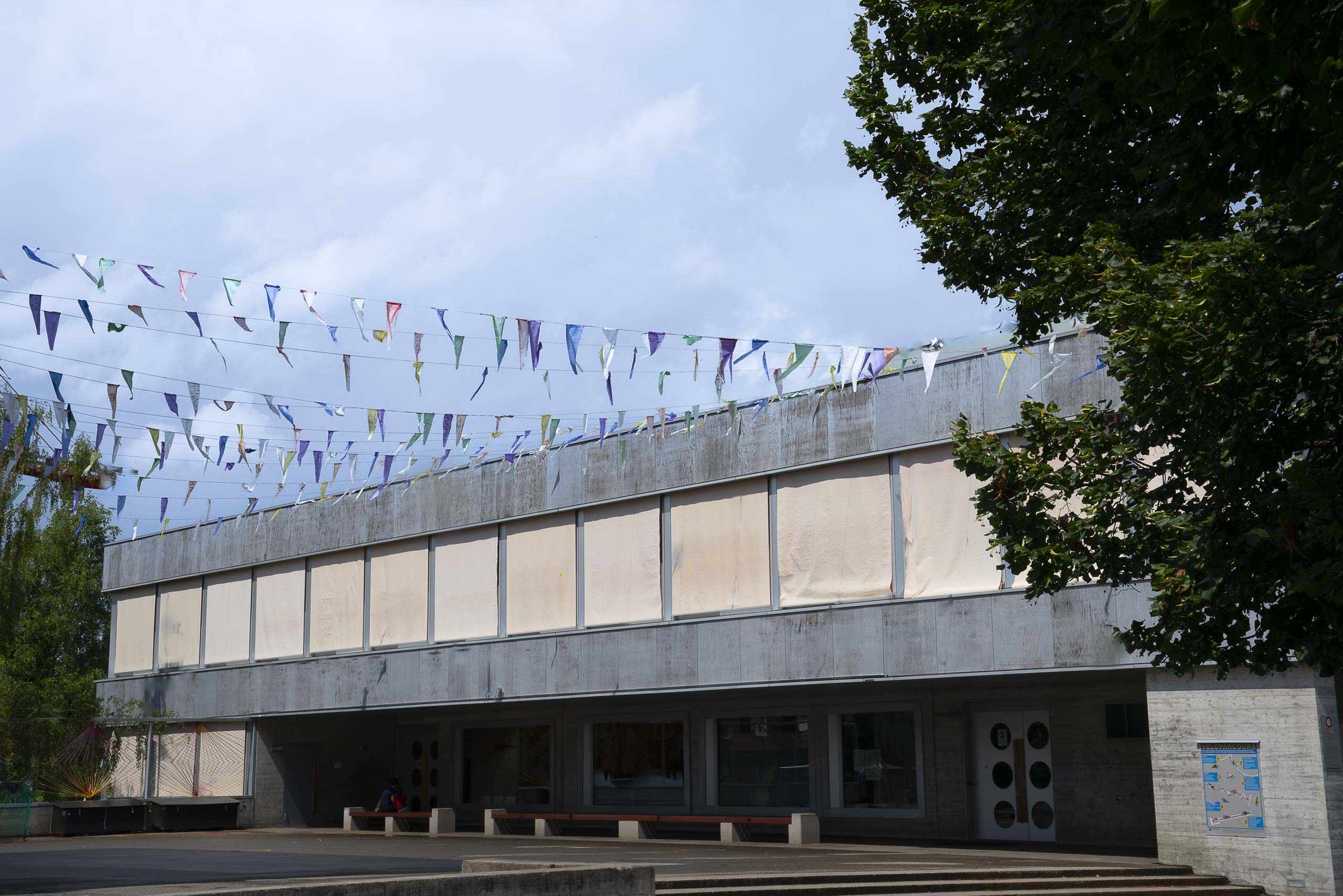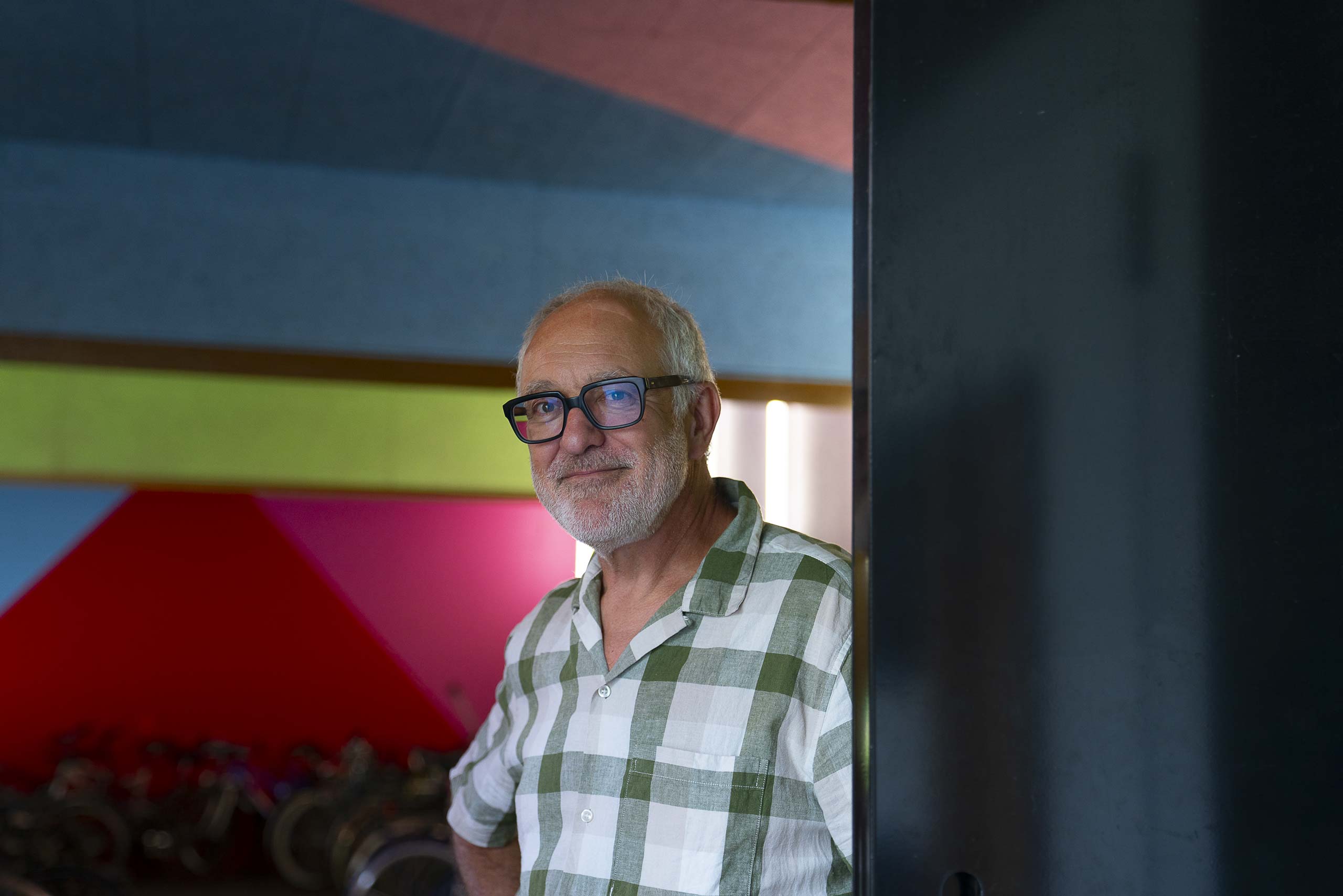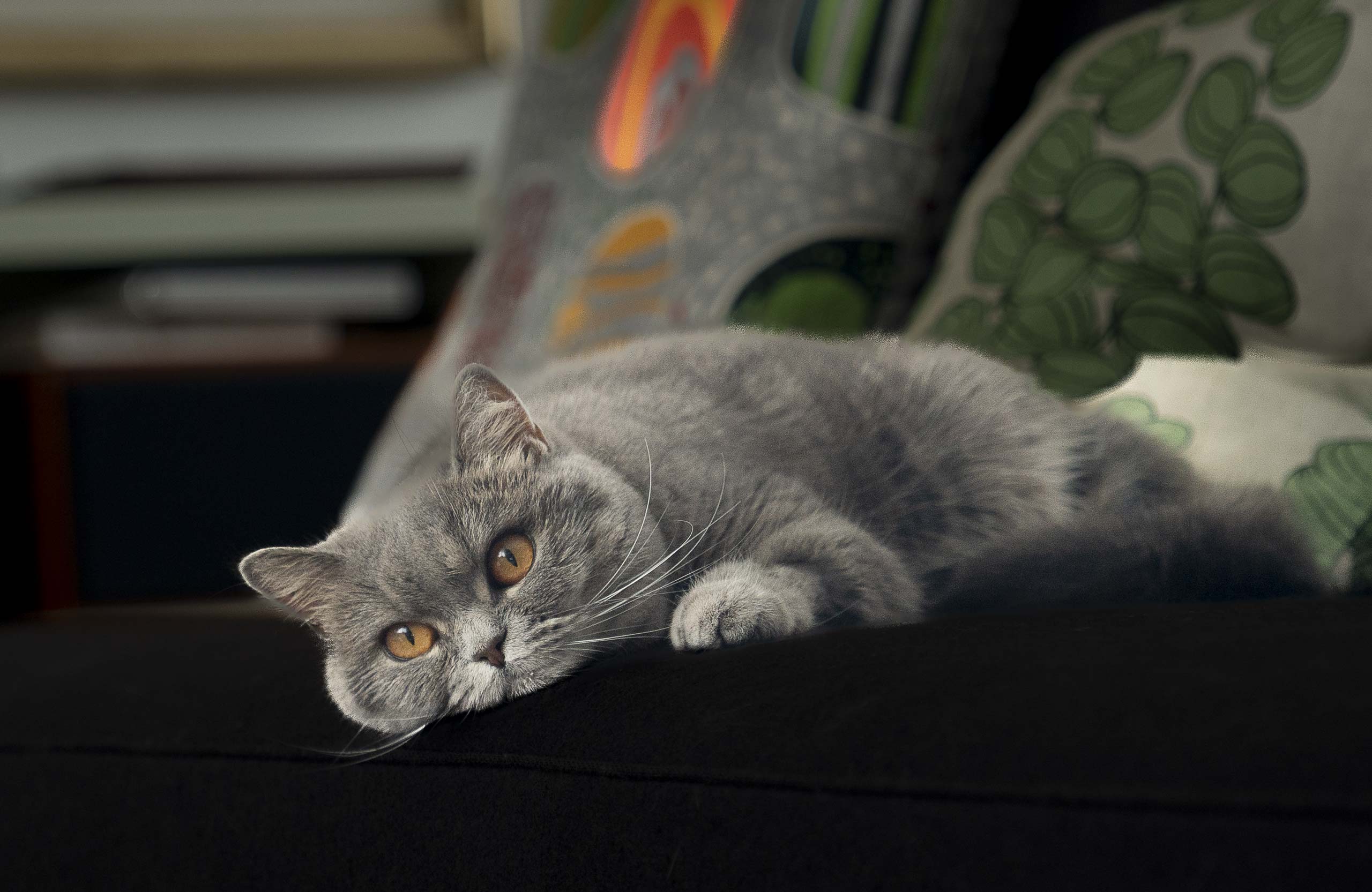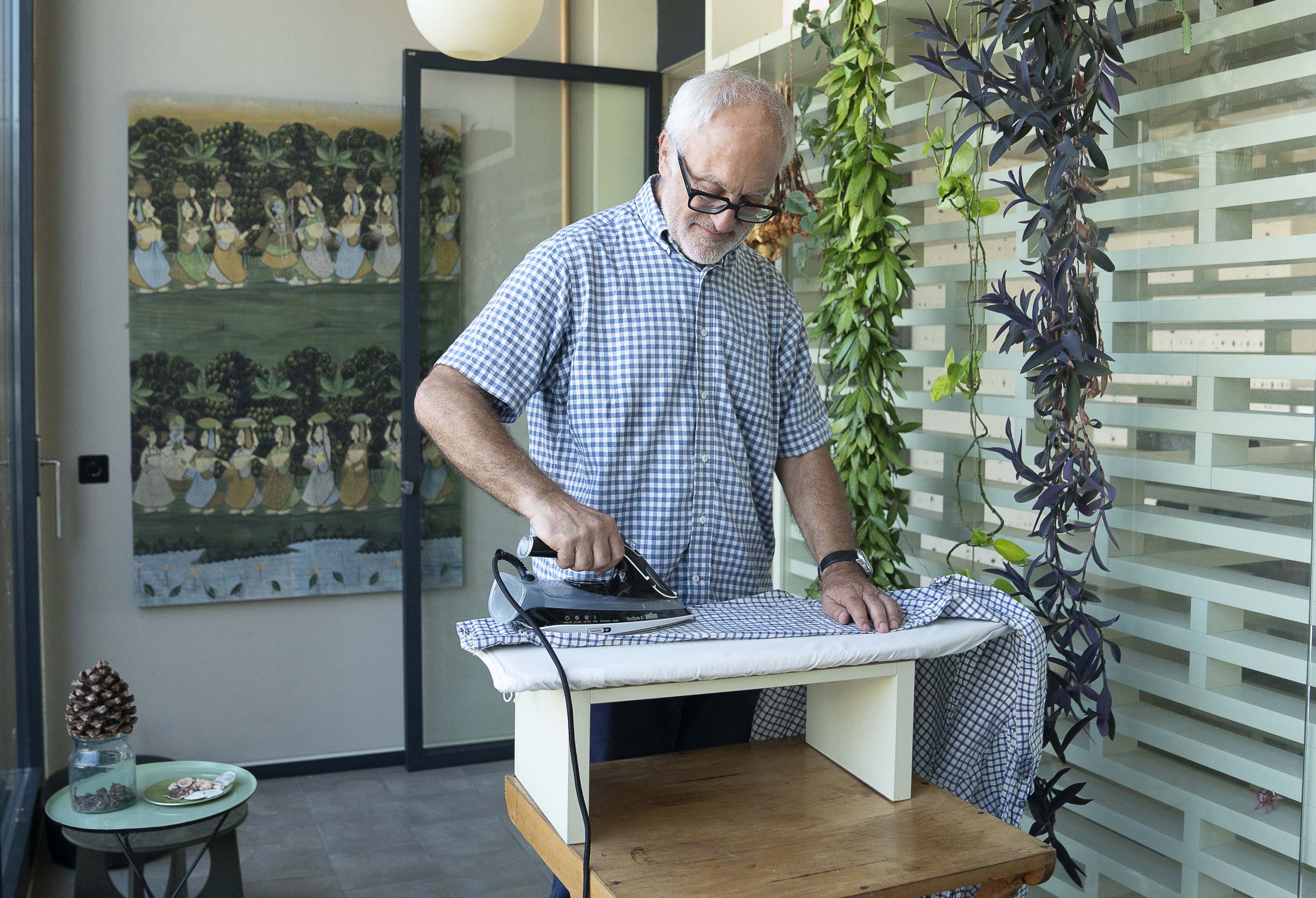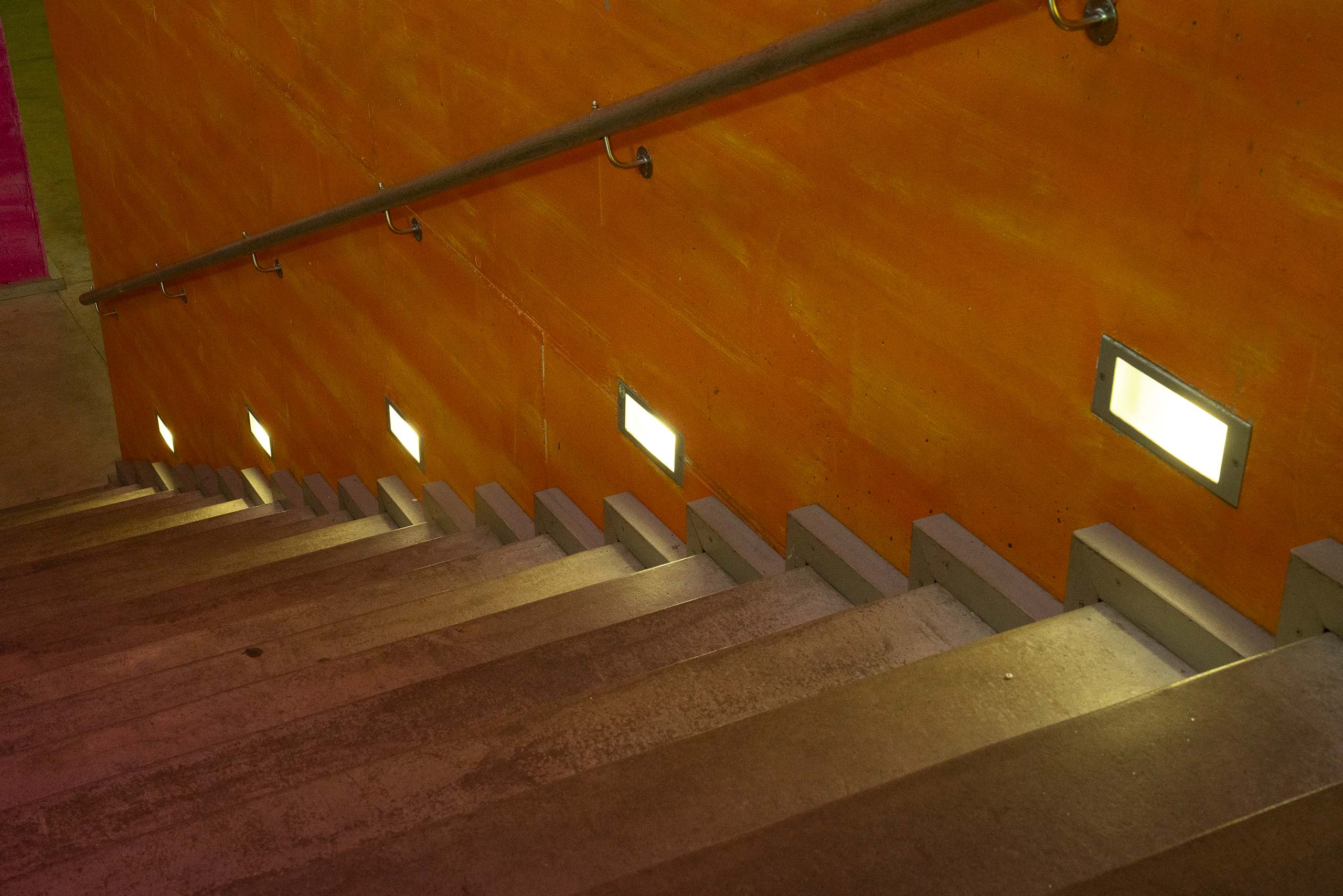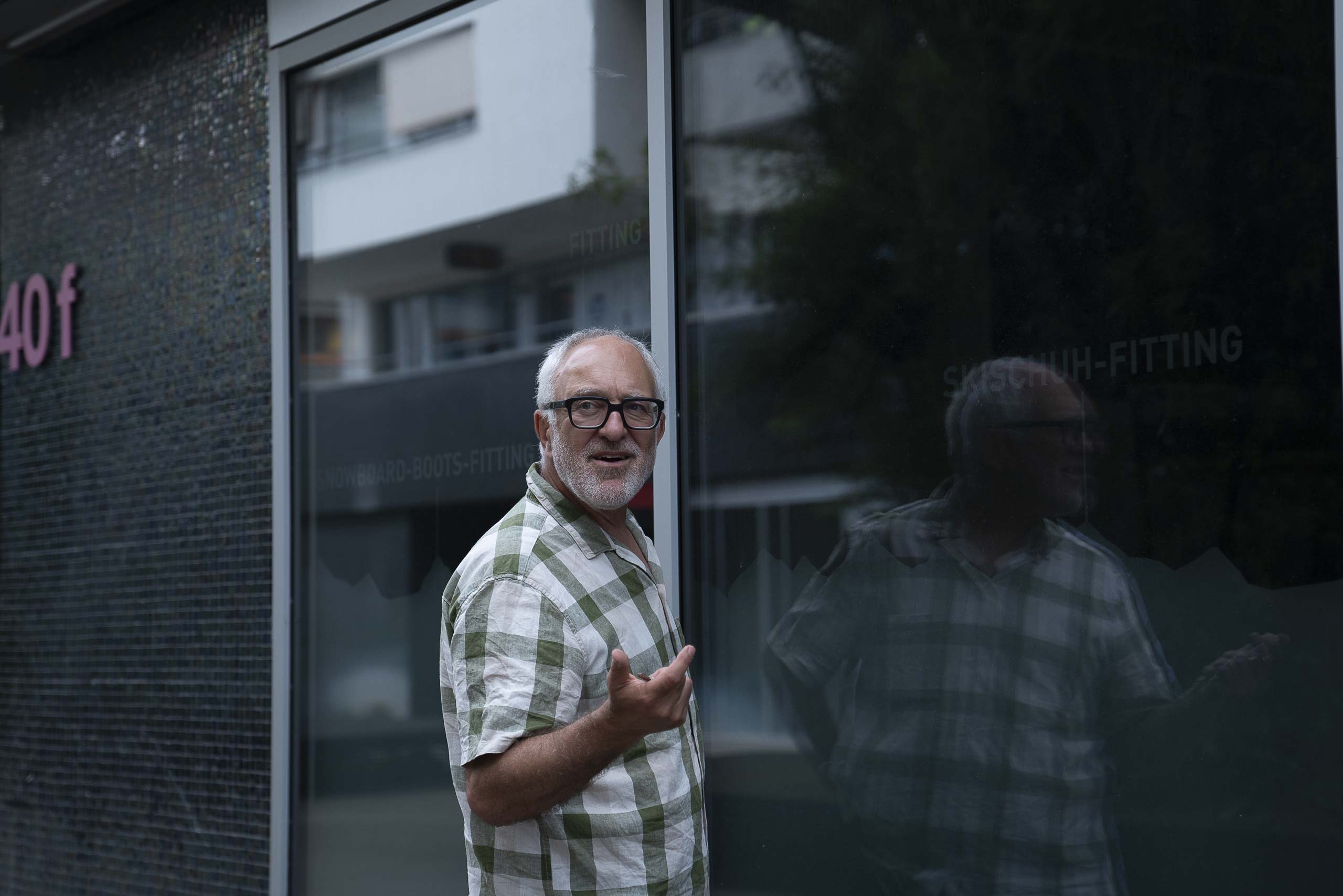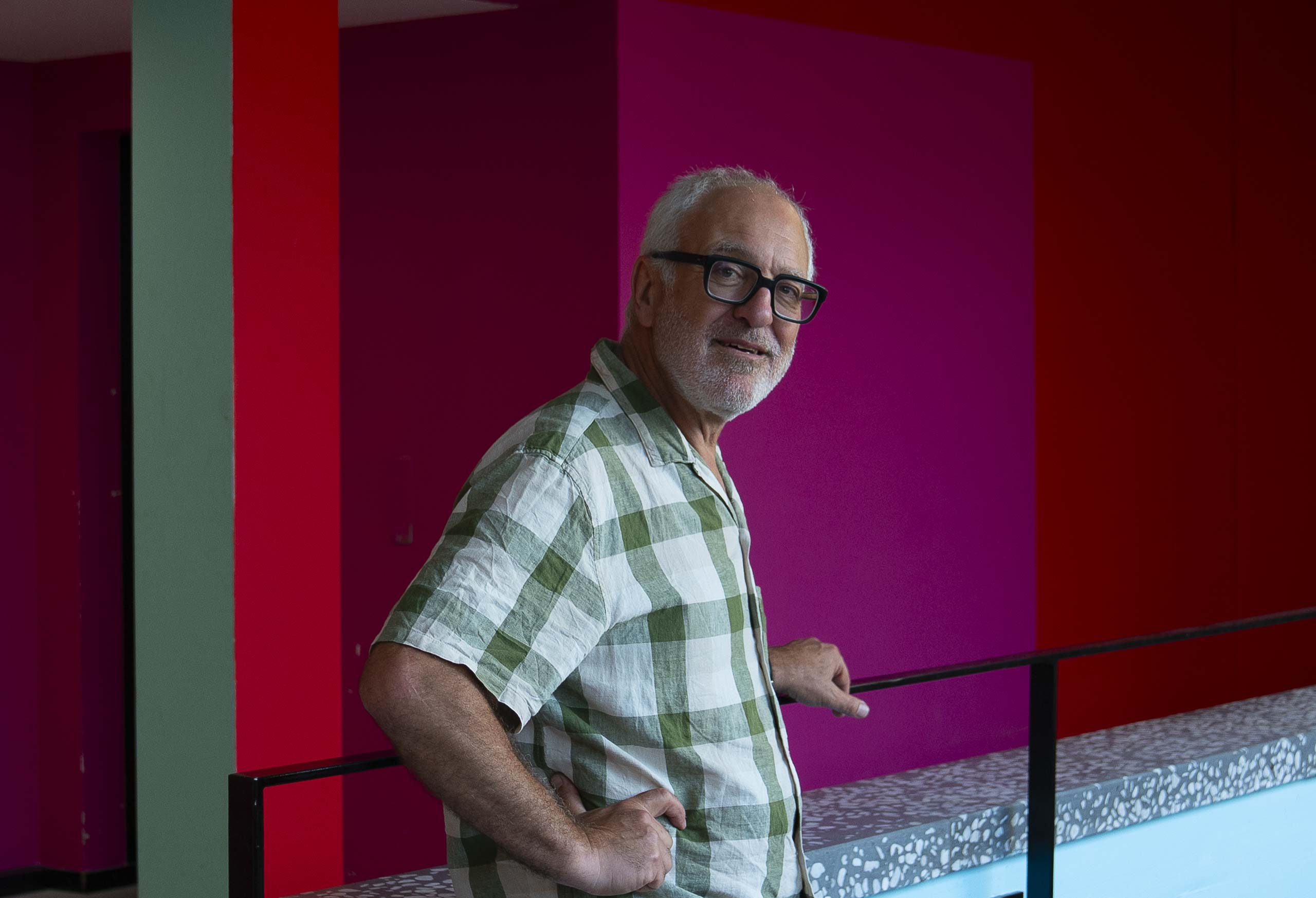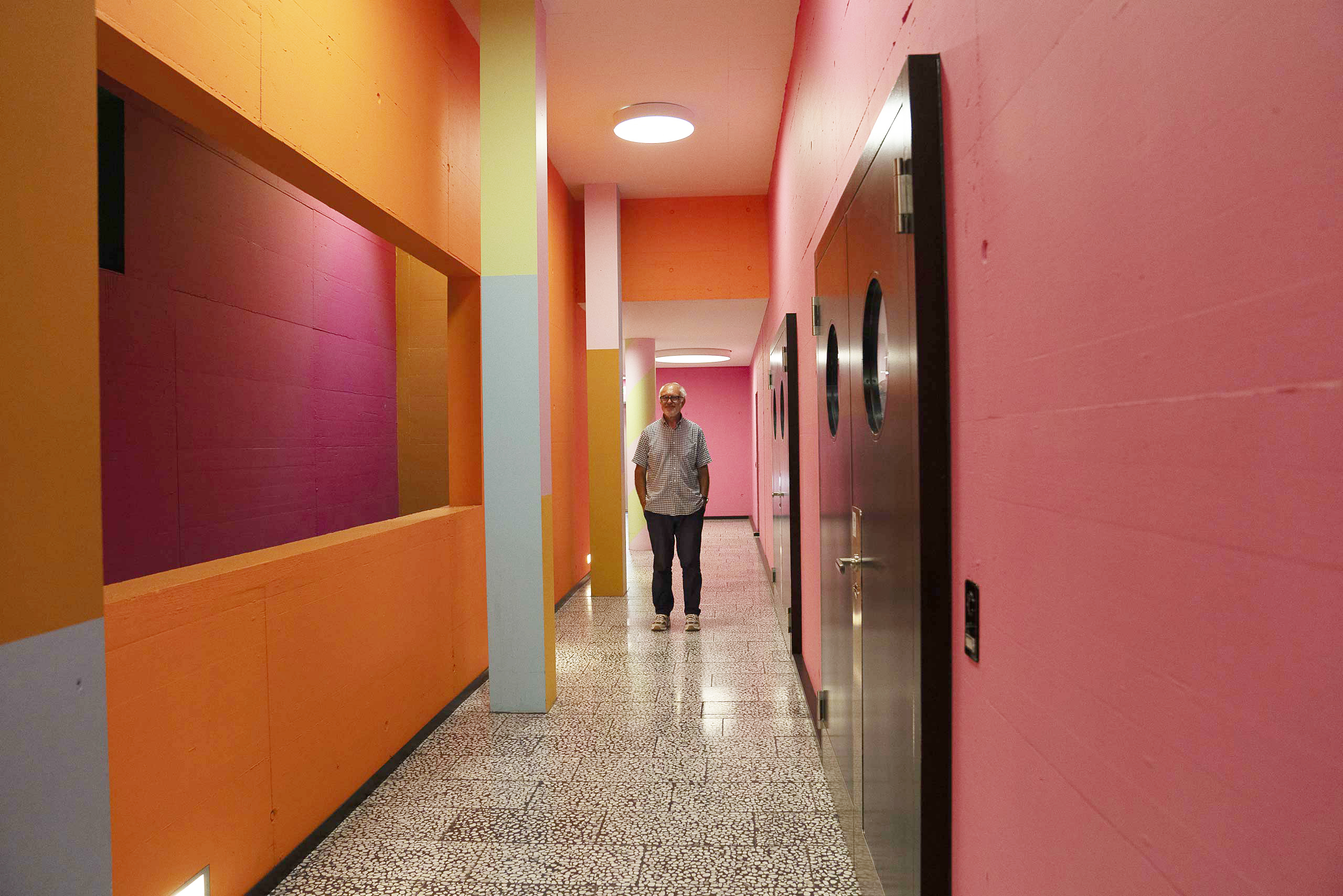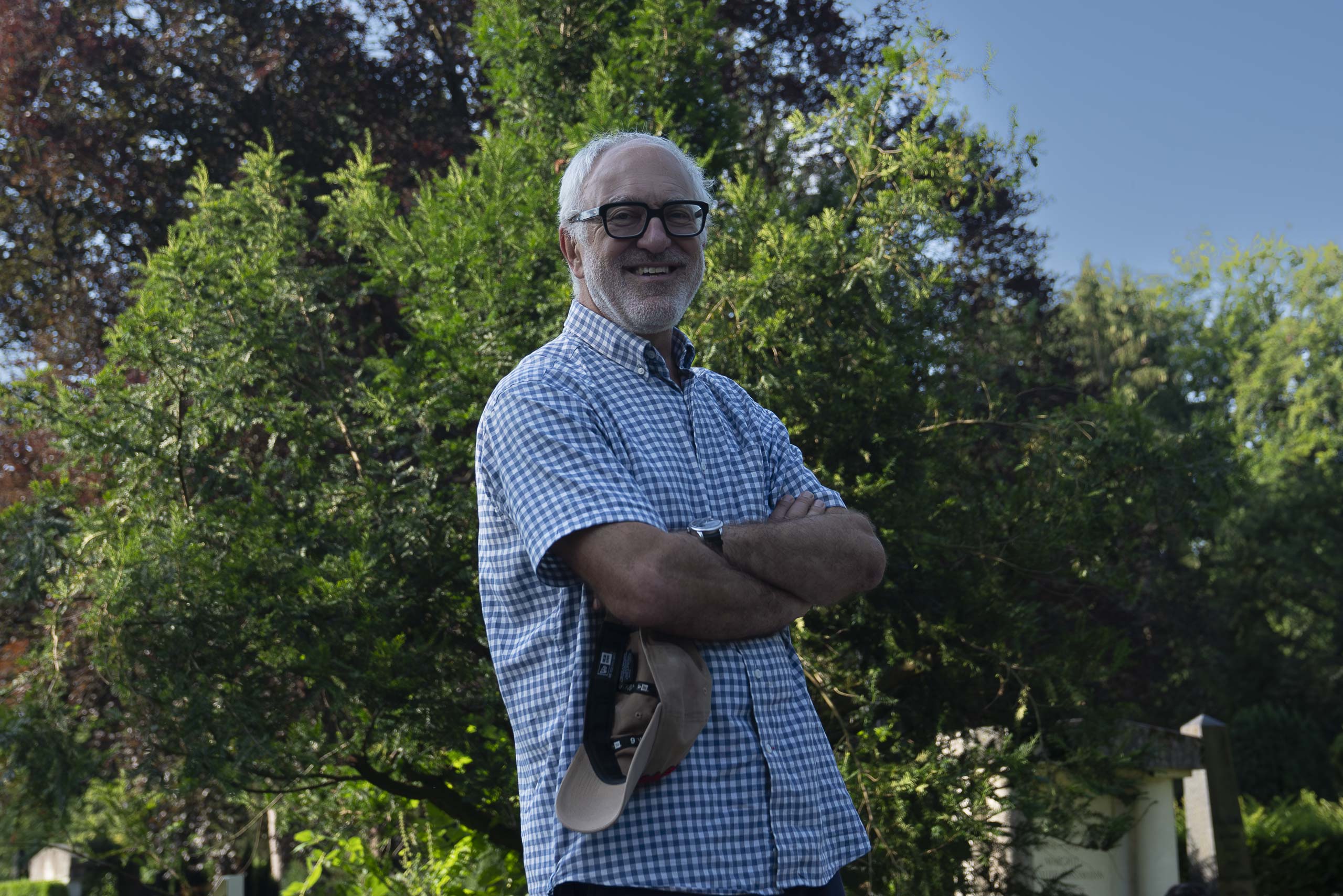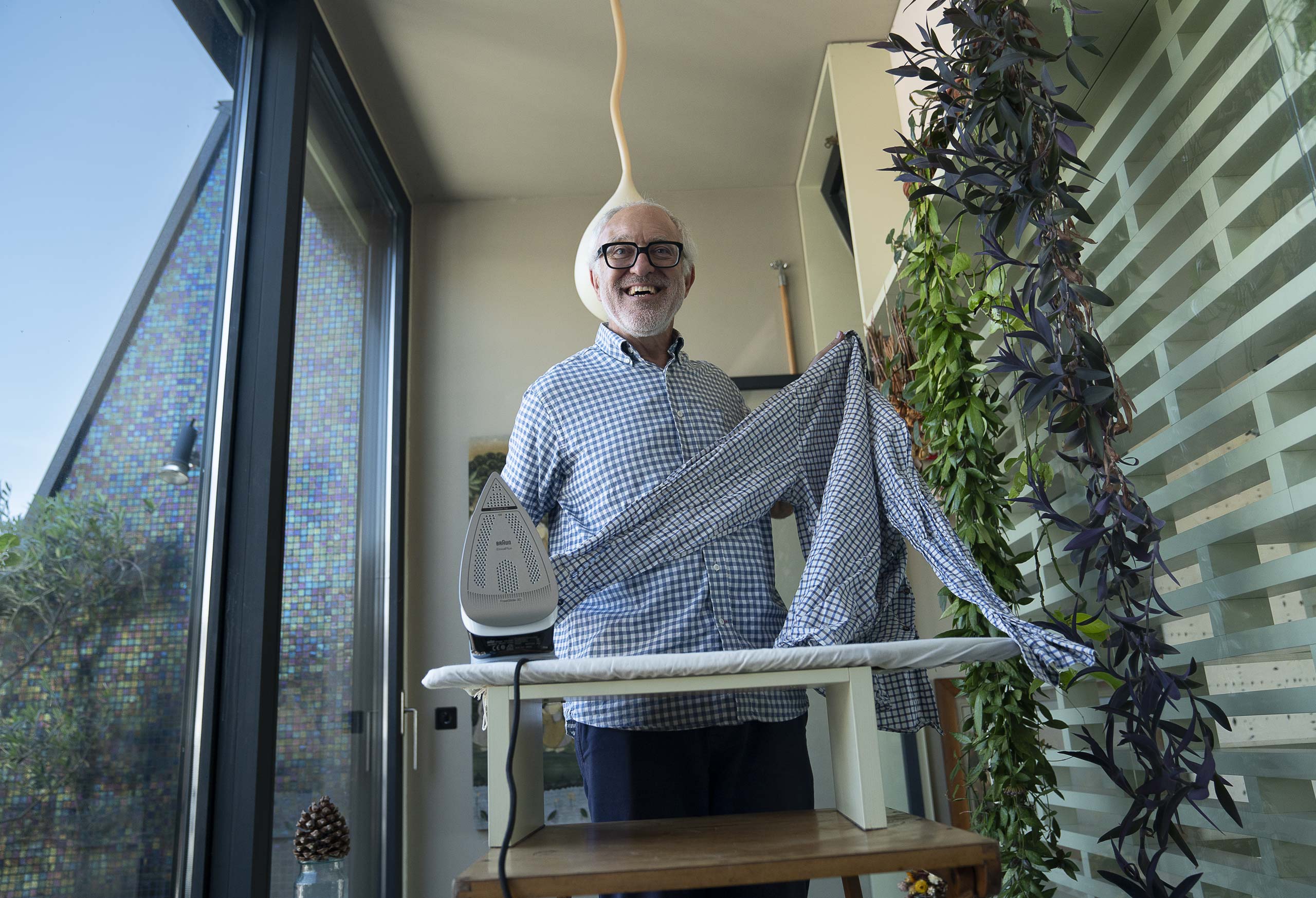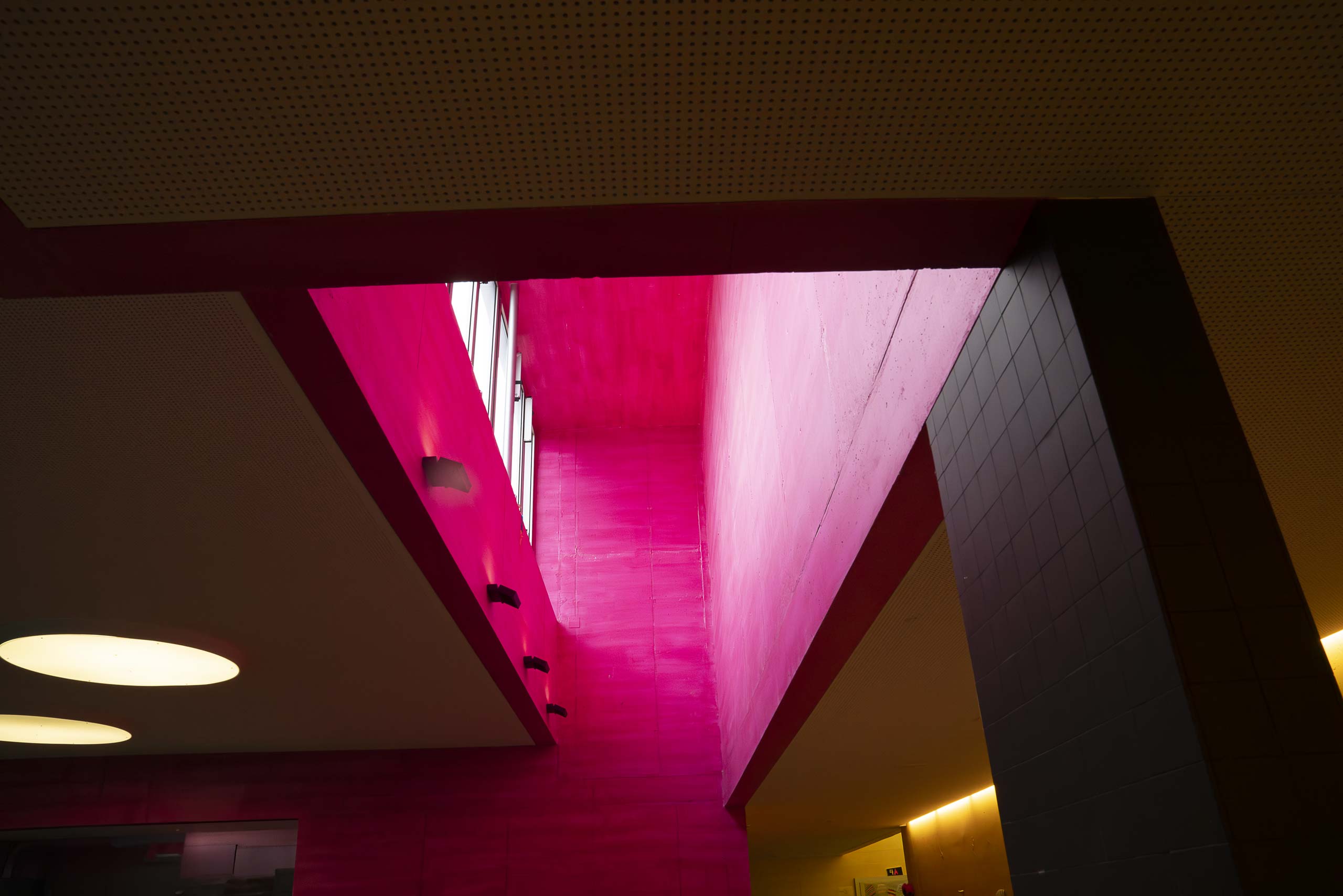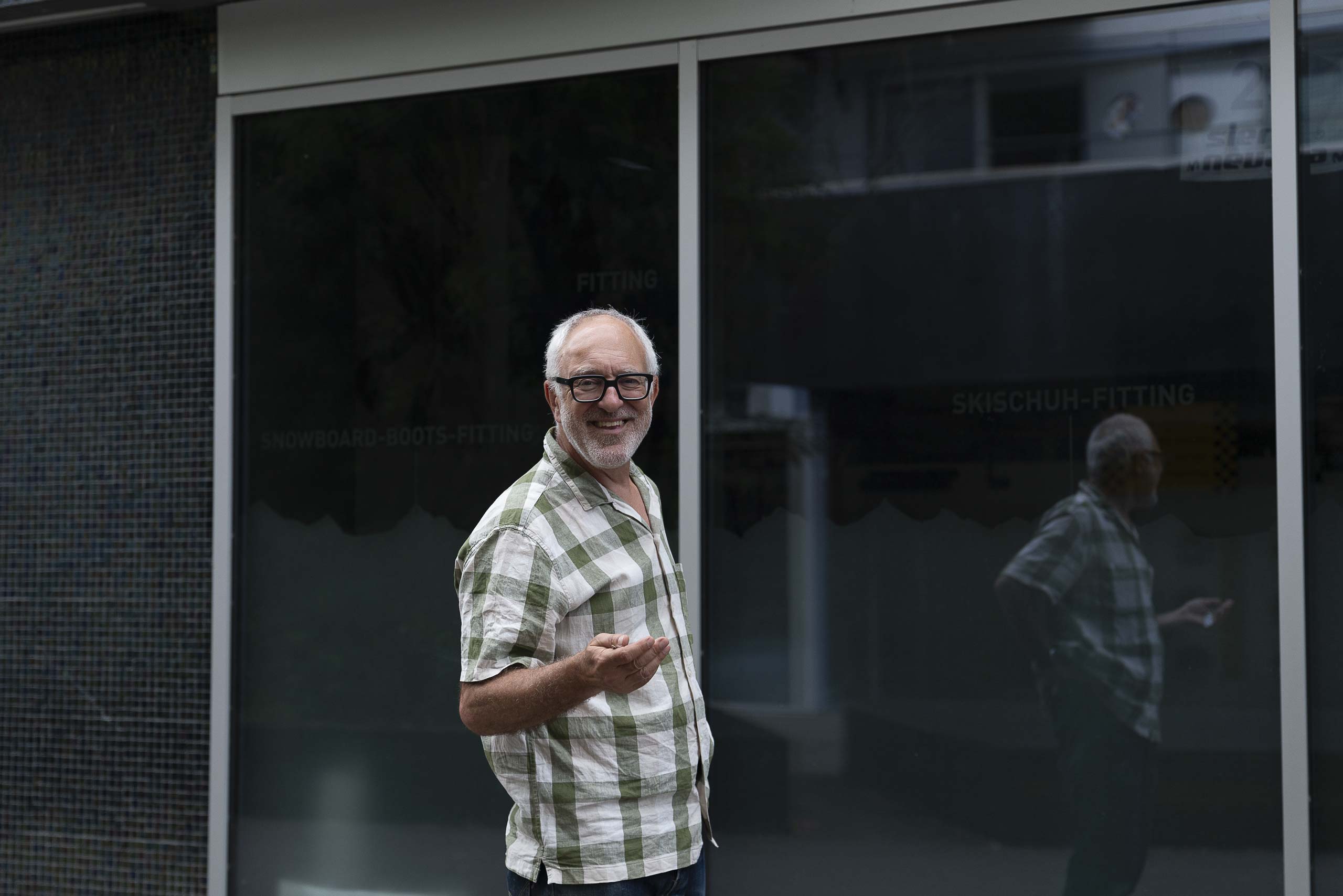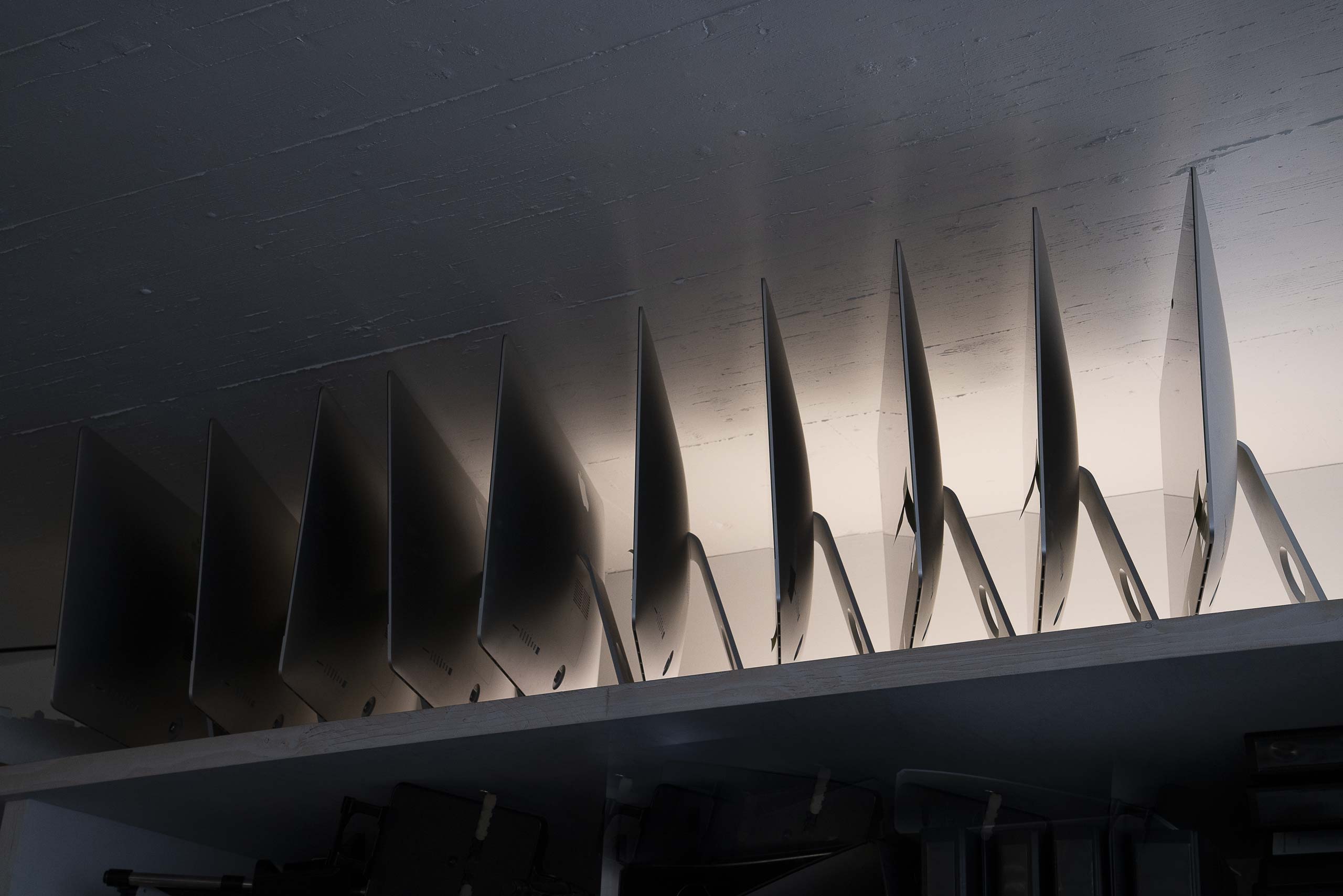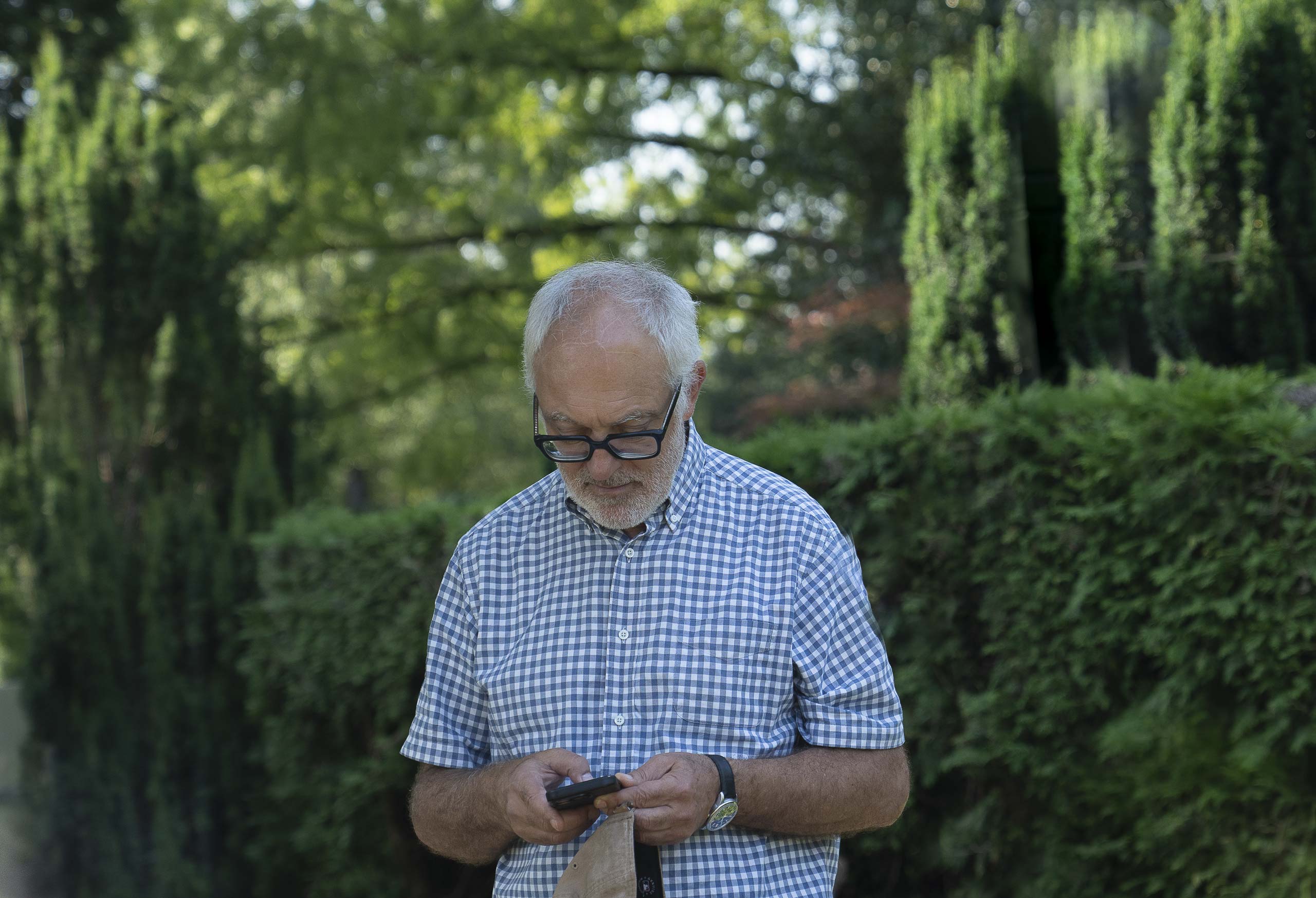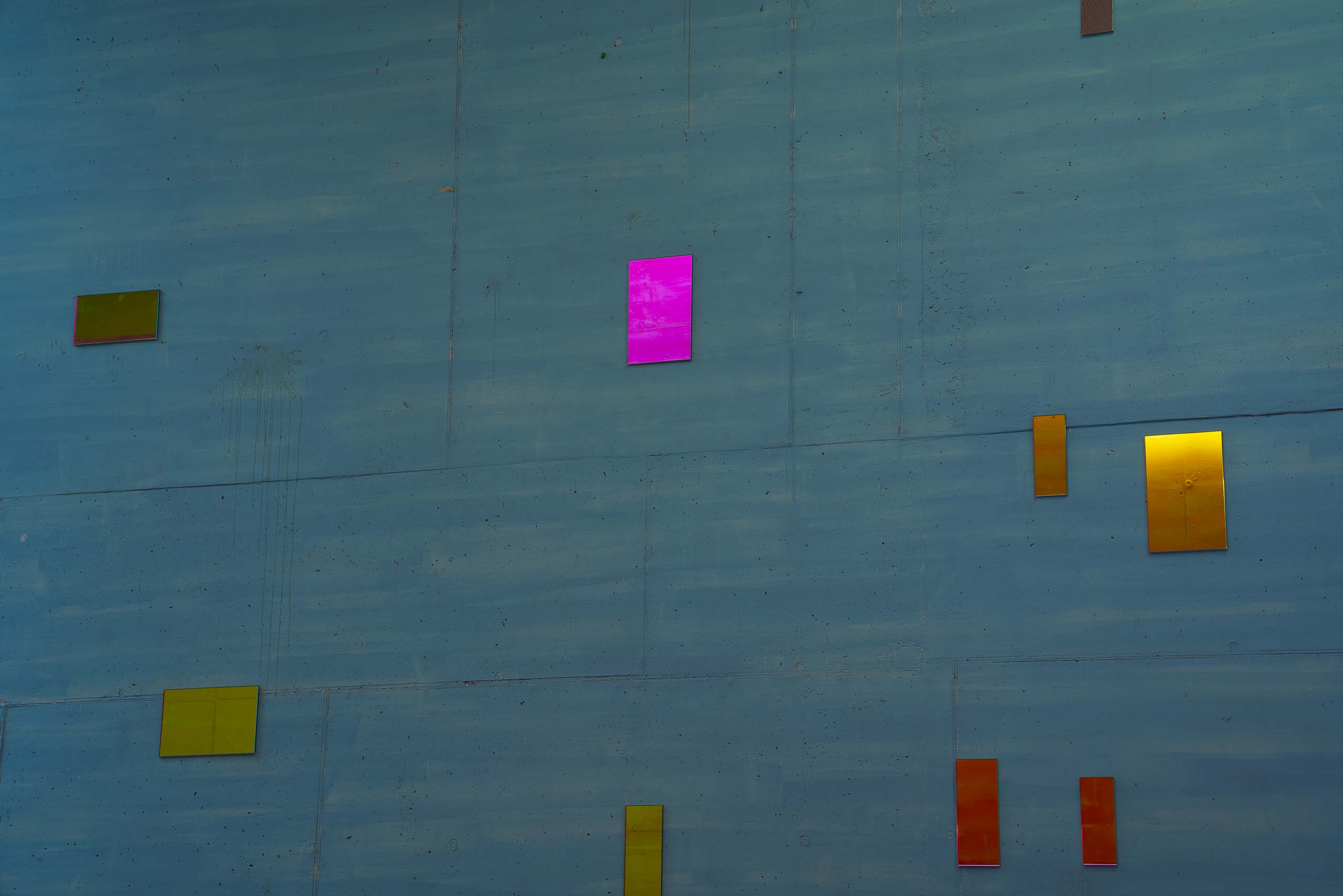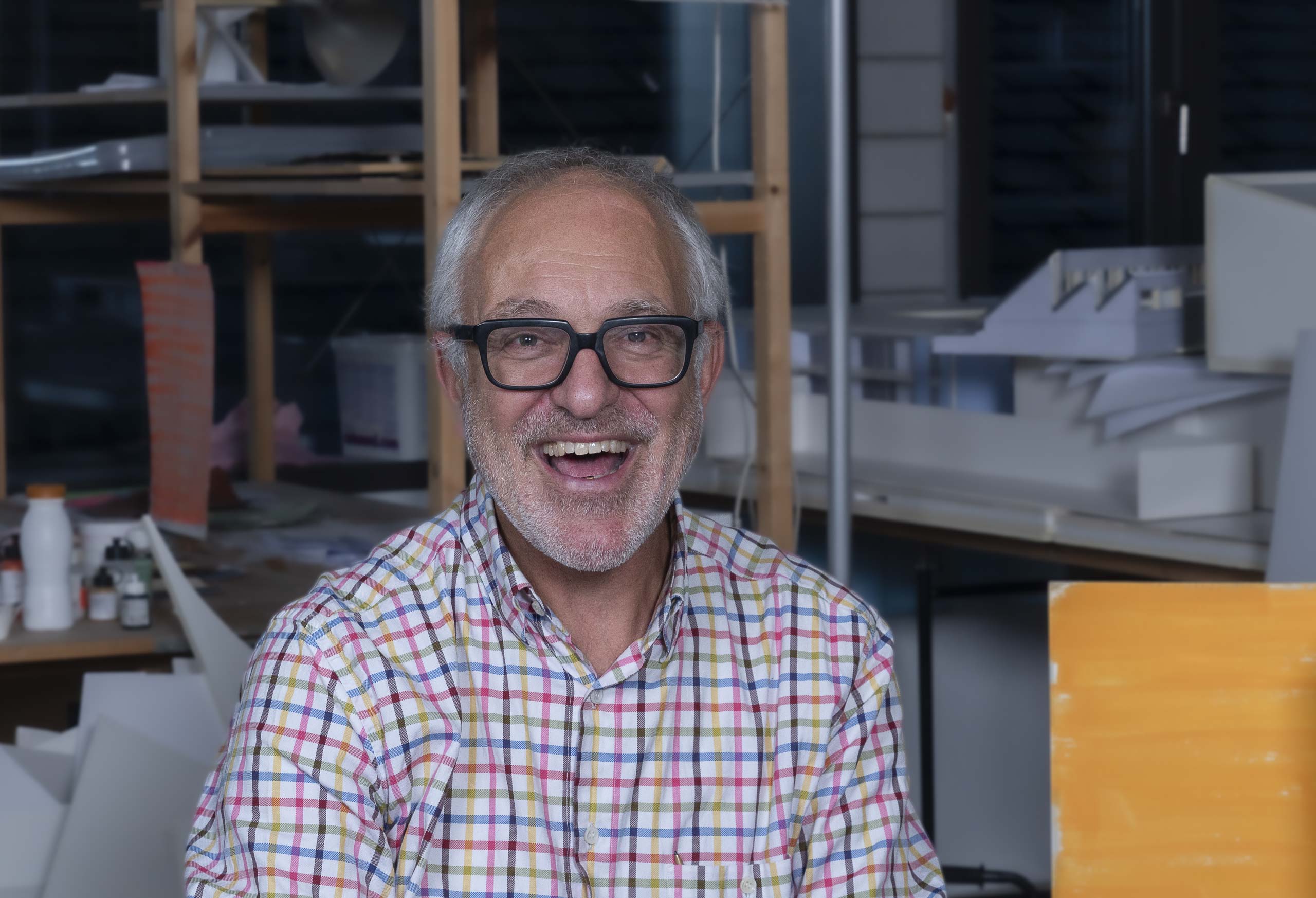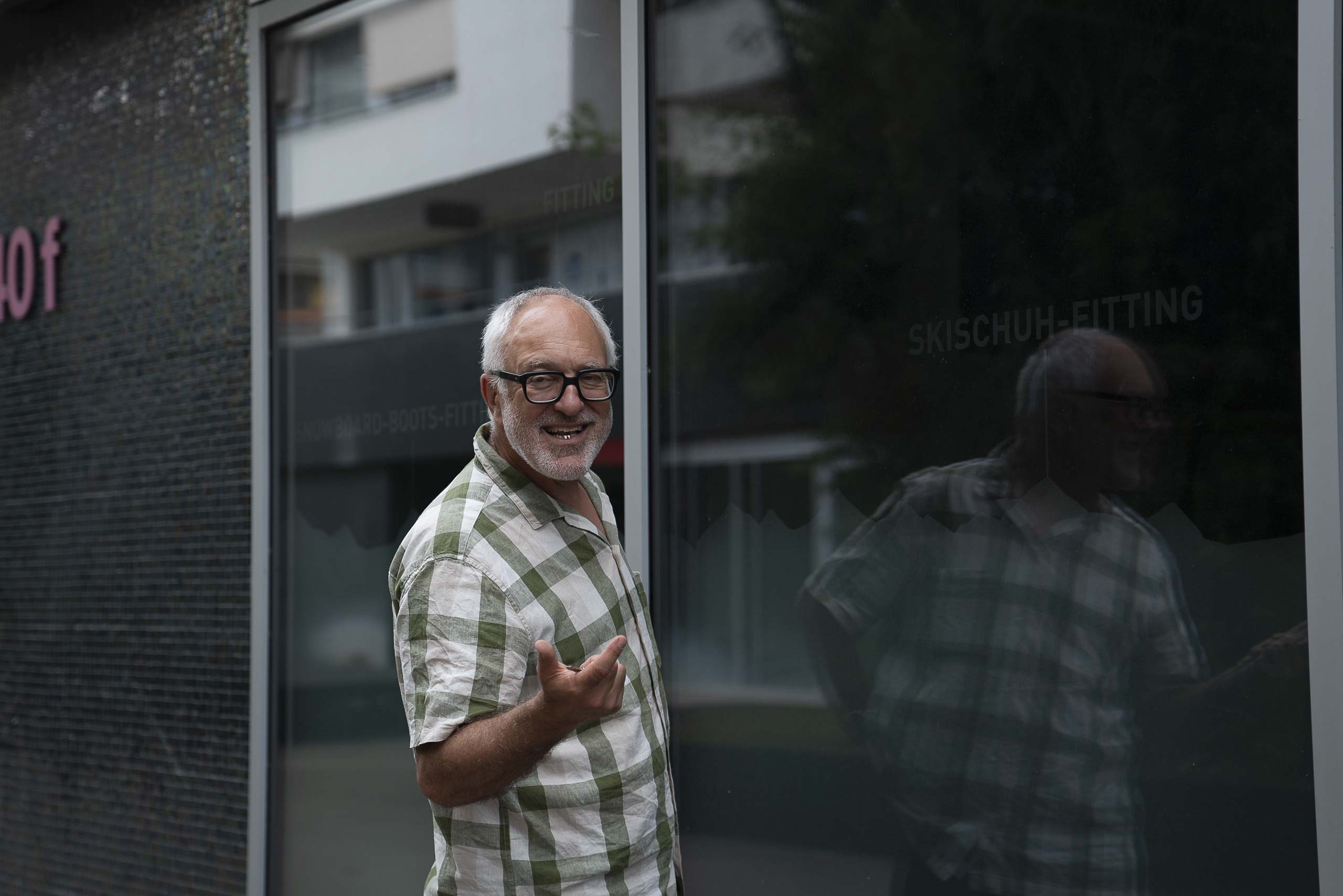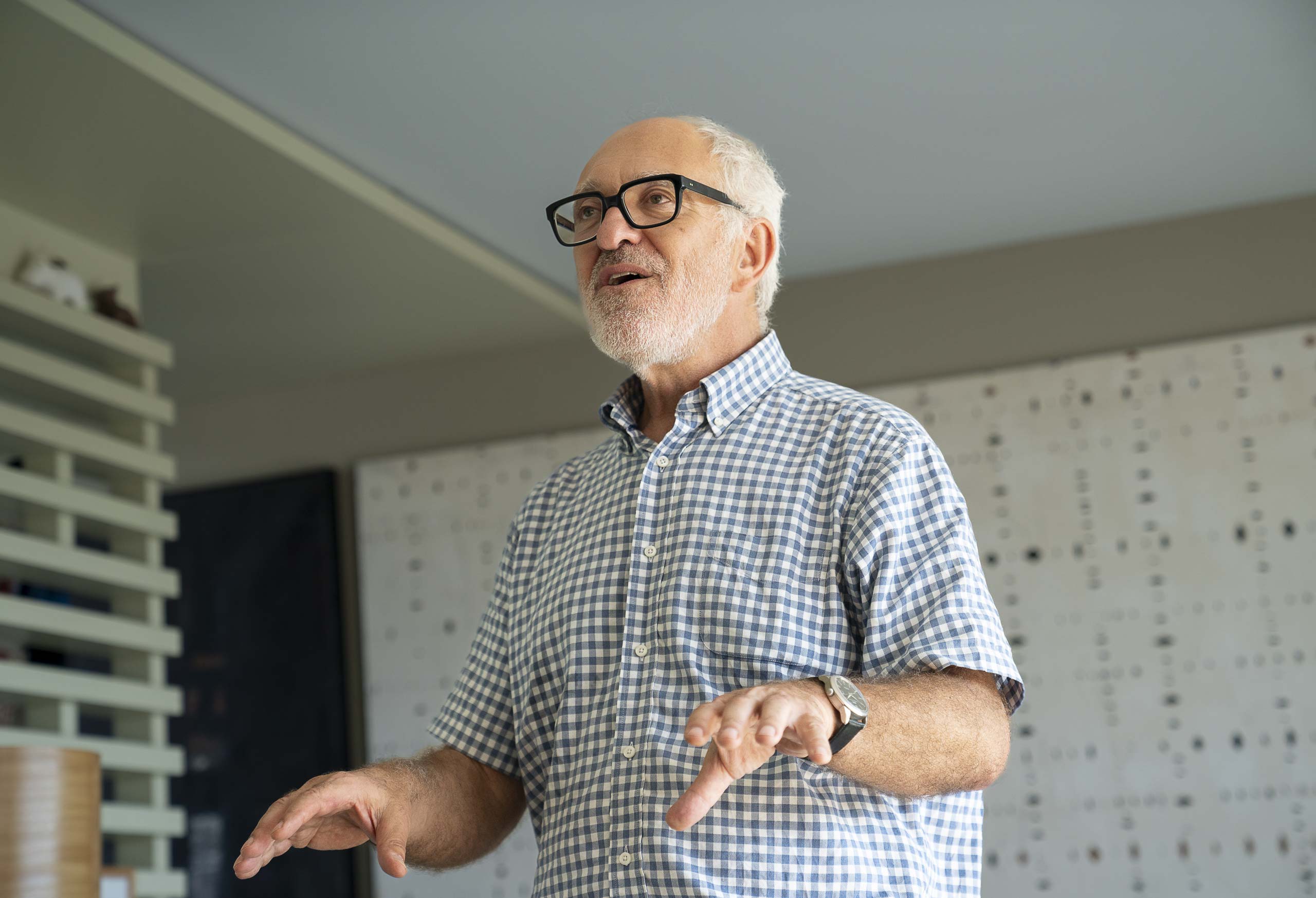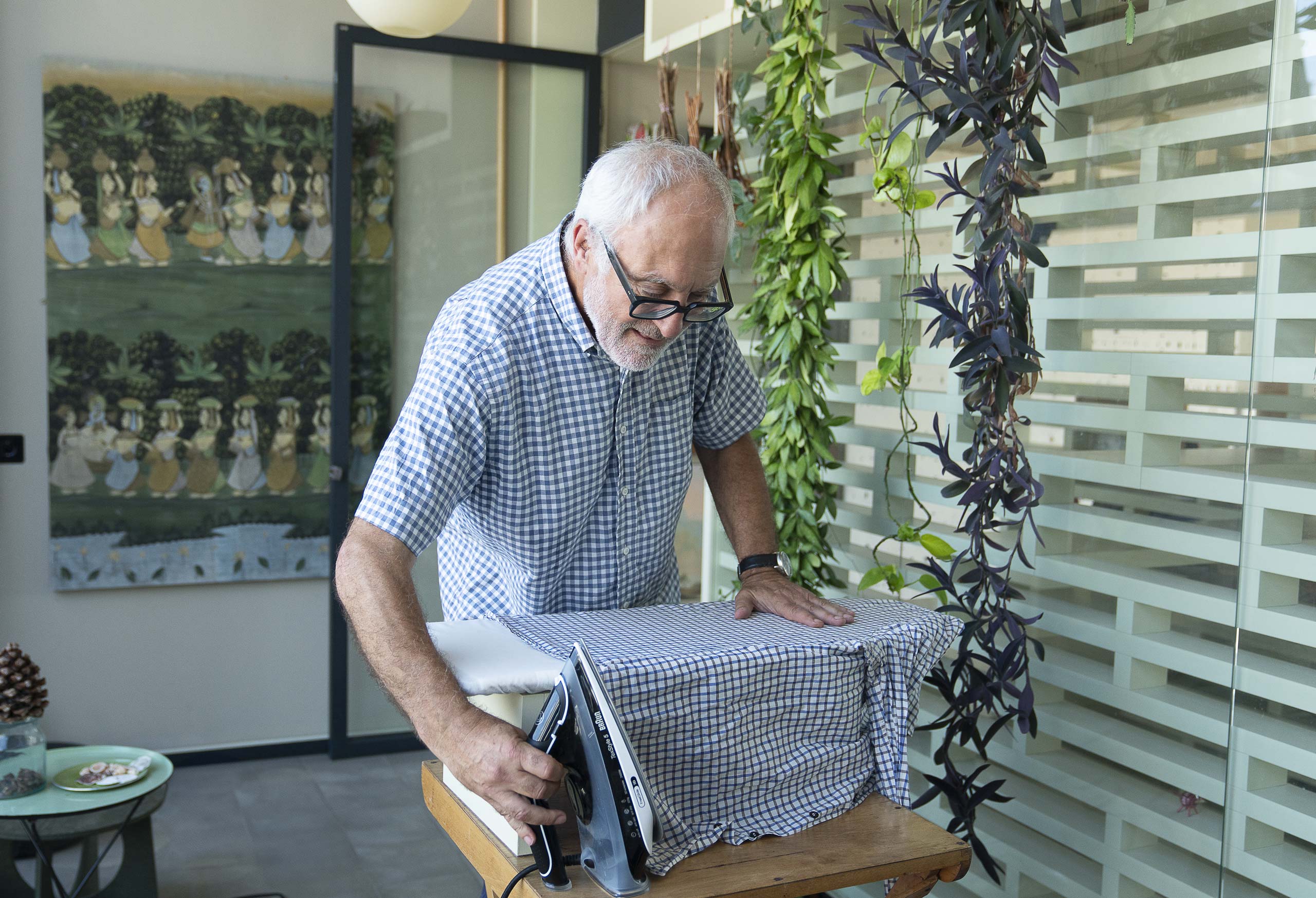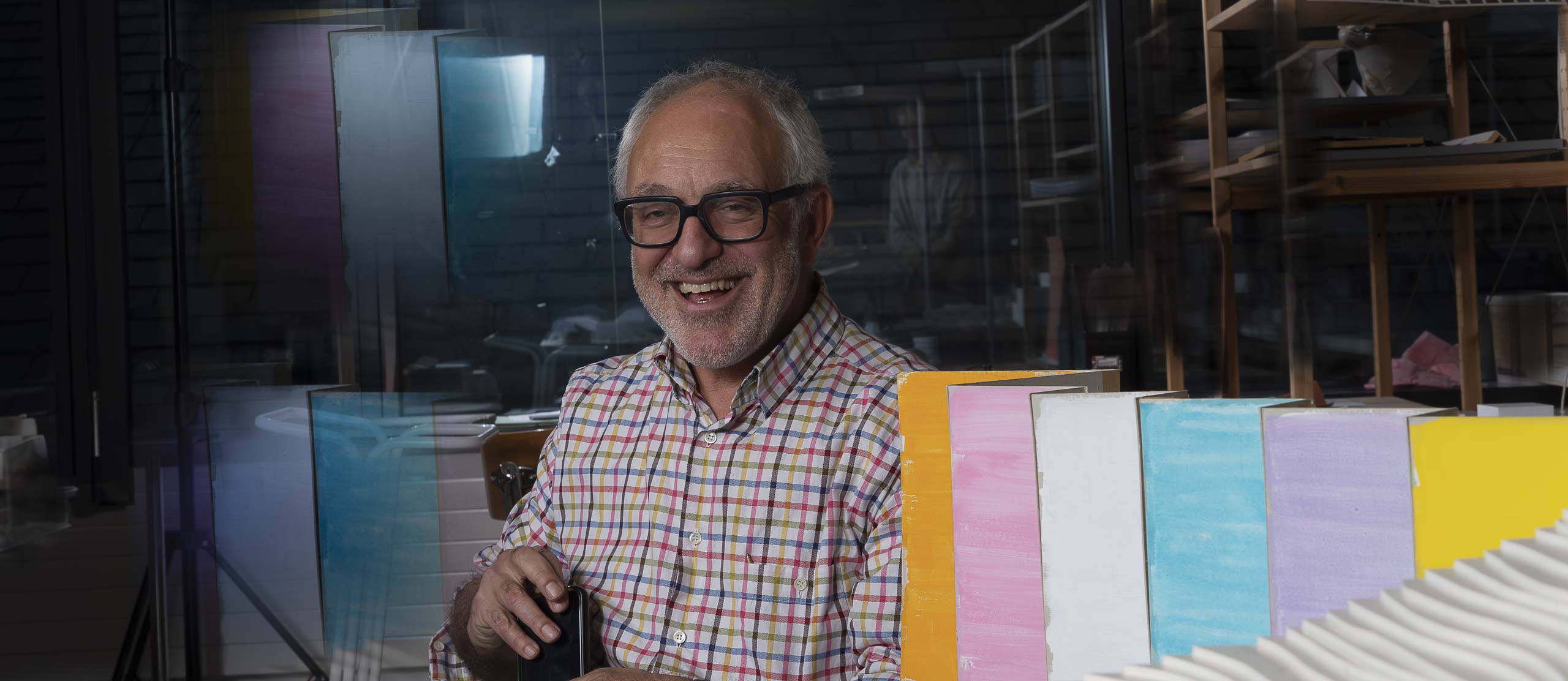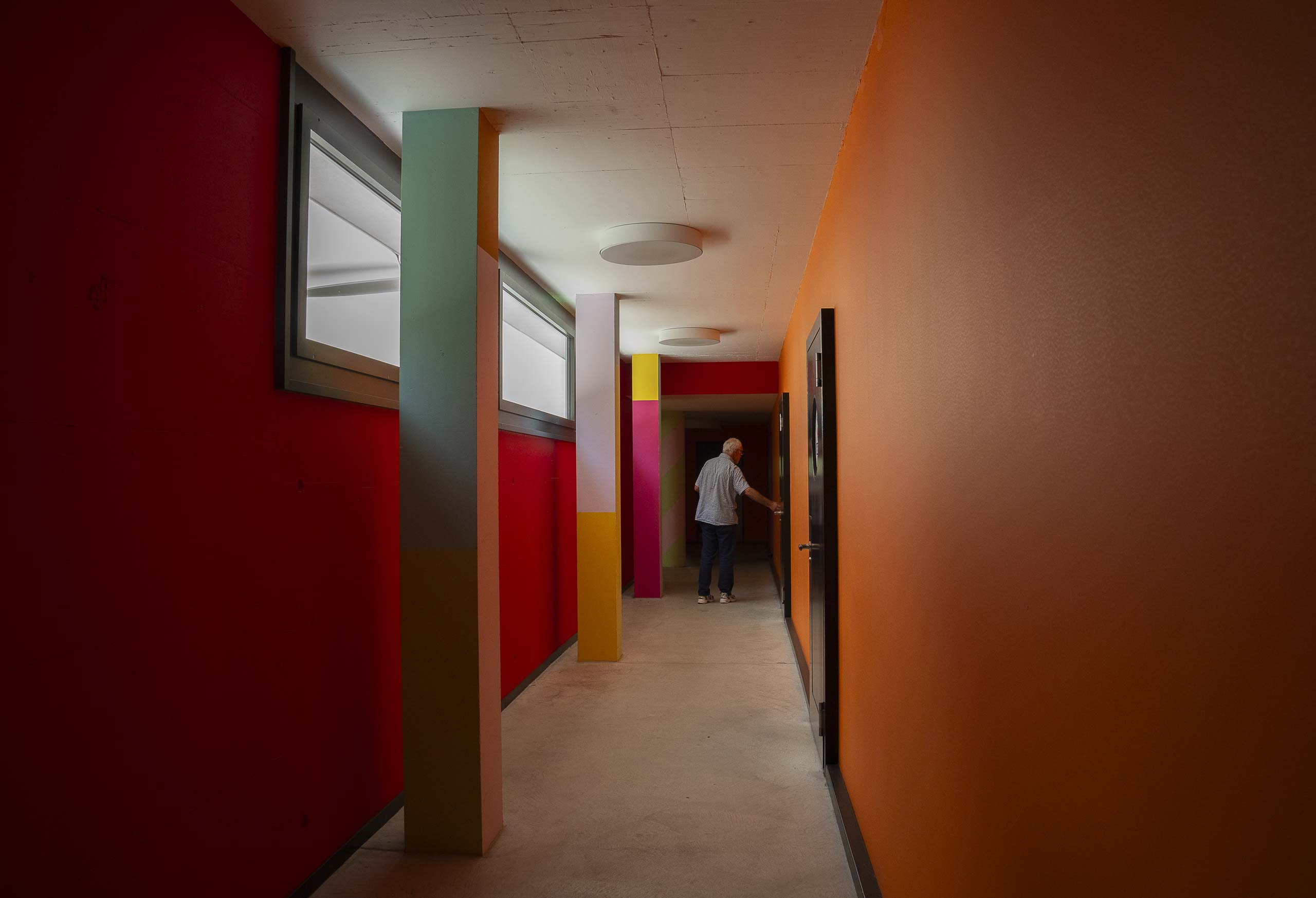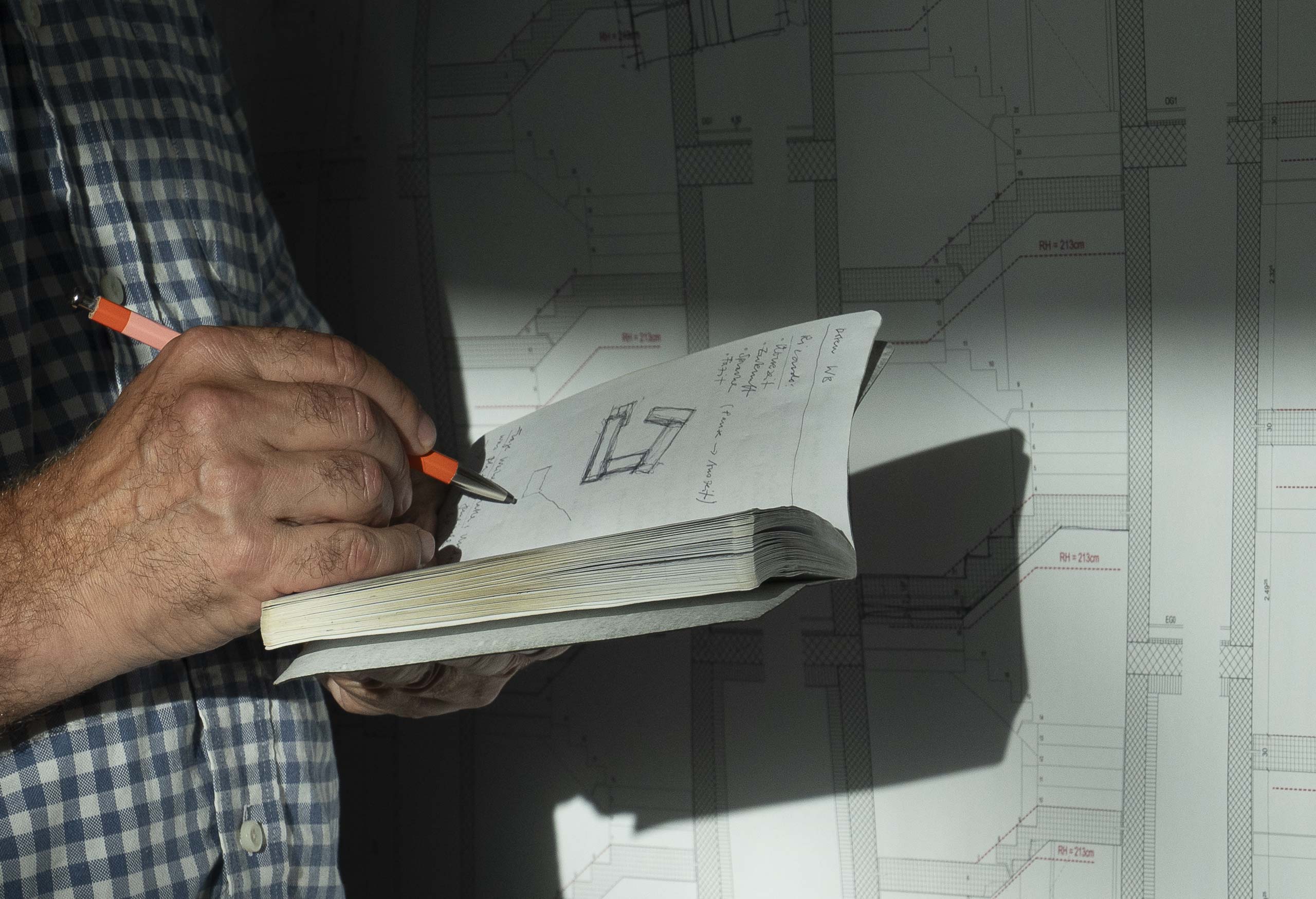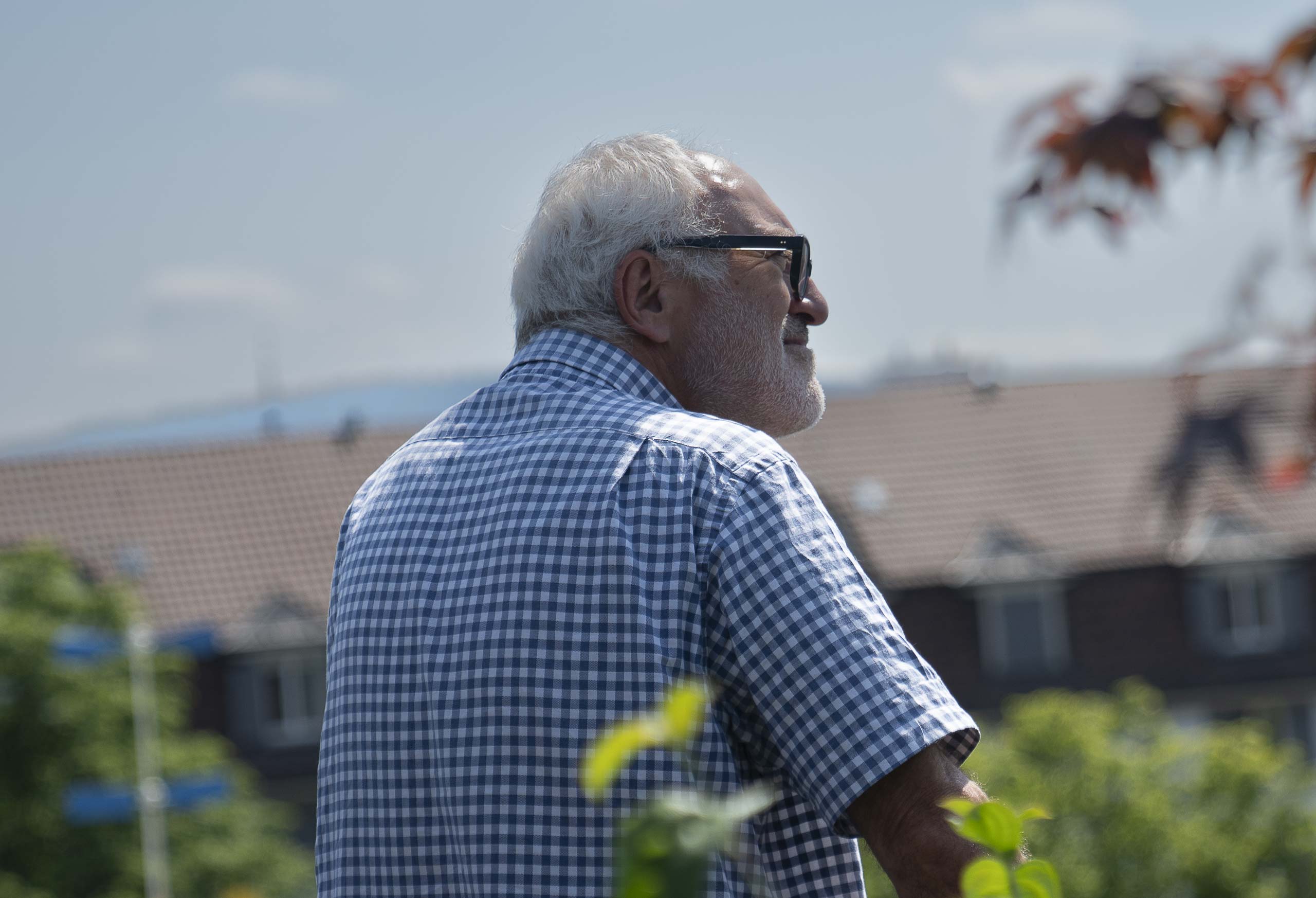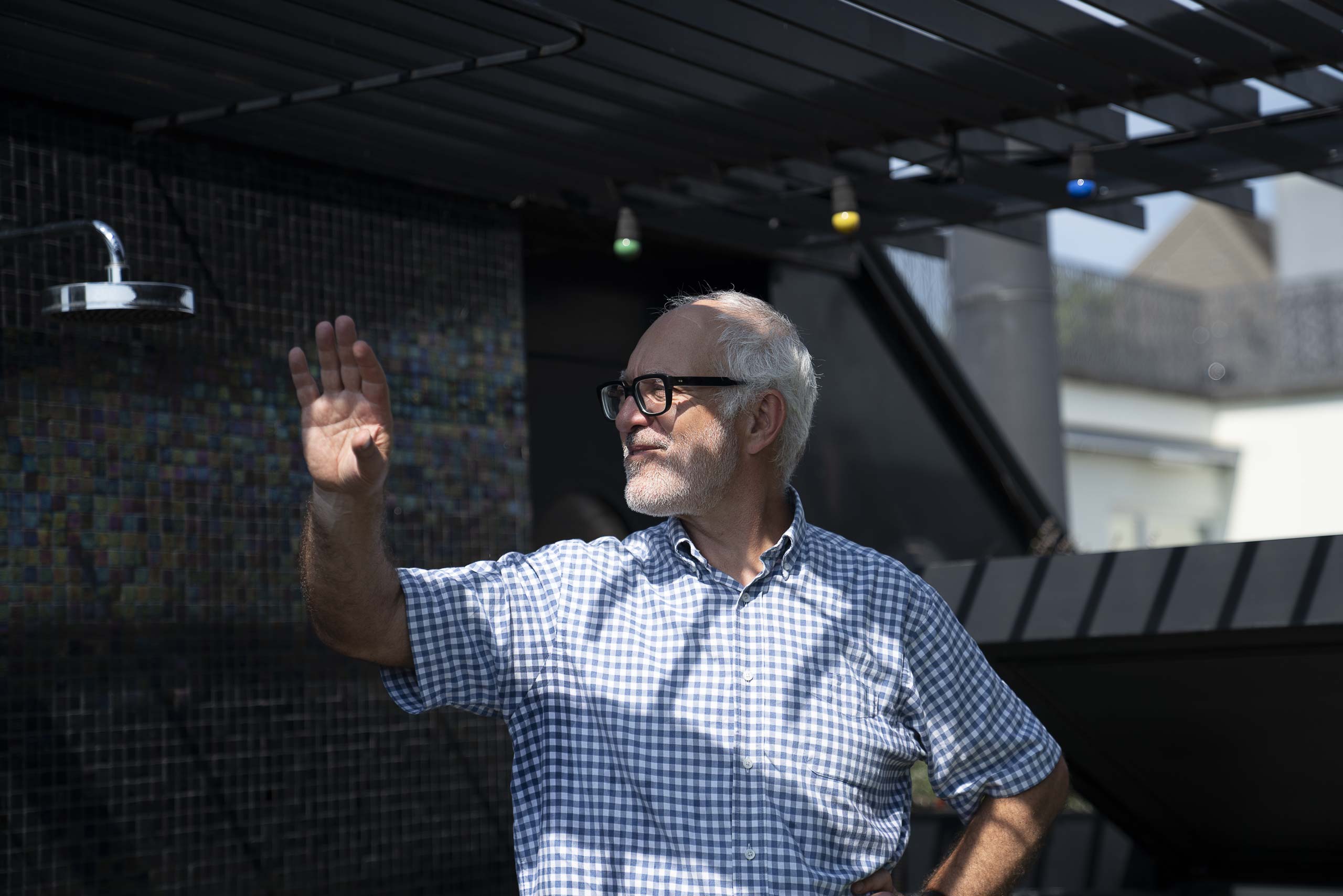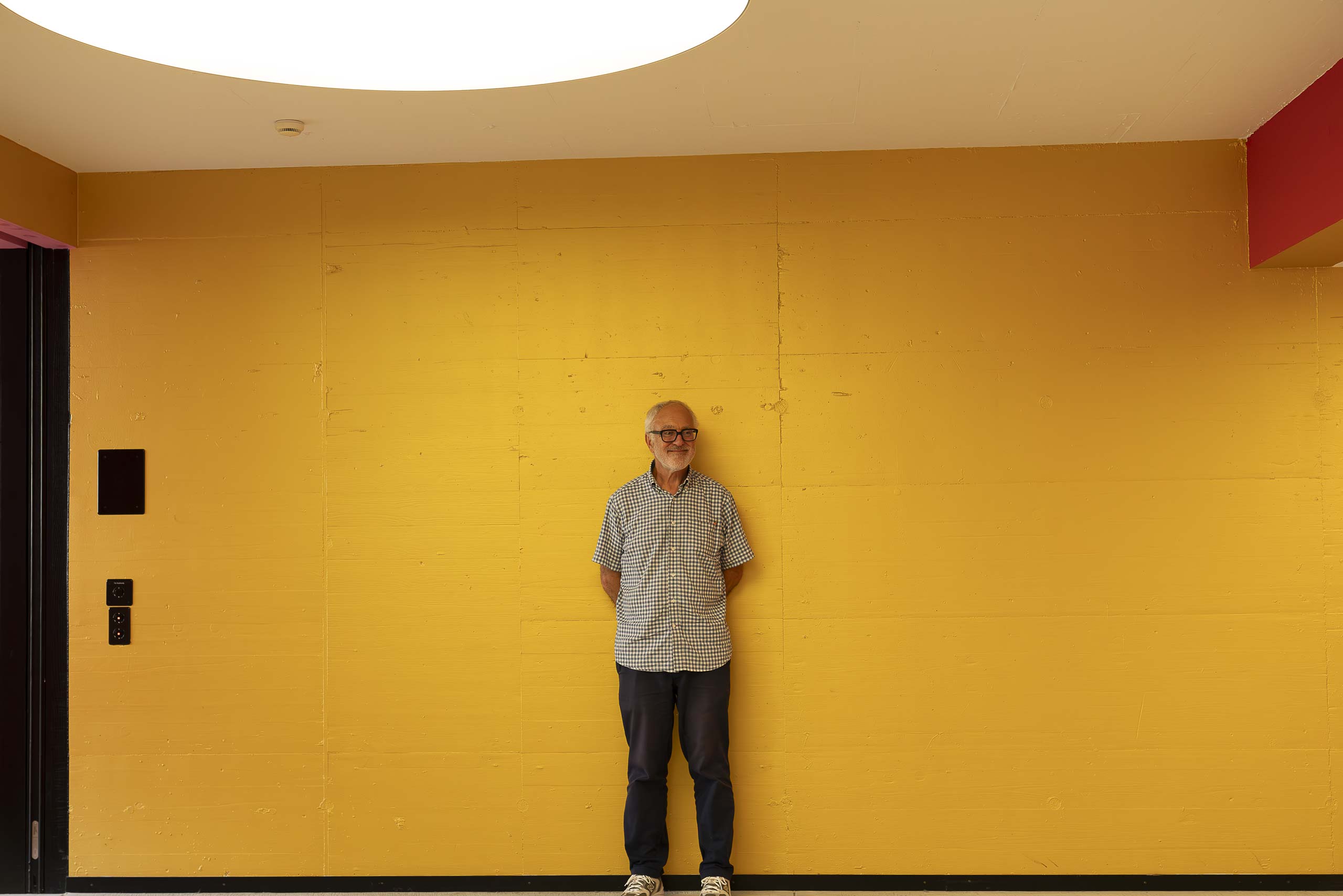Patrick Gmür
Patrick Gmür grew up in Switzerland and obtained a Master’s degree in Architecture at ETH Zurich. He also founded an architecture firm in Zurich and won numerous awards and prizes for his work. His teaching activities as a lecturer include guest professorships in Vienna, Madrid and St. Louis.
The cornerstones of his company’s planning and development work are sustainability, economical use of resources and economic efficiency, taking into account the architectural heritage.
From 2009 to 2016, he was Director of the City of Zurich’s Office for Urban Development and was responsible for its urban planning and monument preservation.
Since October 2016, Patrick Gmür has once again been co-owner of the architecture firm SGGK in Zurich, which he originally founded. In November 2016, he was also elected Chairman of the Stuttgart Urban Design Advisory Board. In addition to the state capital Stuttgart, he also advises the cities of Reutlingen and Constance on urban planning and architectural issues.
Why do you think you are so successful?
I really like to design. I like to draw, and I love to create. I’m not an artist. I’m an architect.
The difference between artist and architect is that the artist has a large margin. As architects, we always have requirements, specifications and regulations.
I really like to have a target, a program, a plan and I love to think about this plan in my head and then I start drawing and put my ideas to paper.
I love that kind of a job. But to be honest, when I enter a competition, I want to win.
I really like to go on and on, and try to be better and better. It’s curiosity, tenacity and resilience.
I think an architect is the most beautiful profession.
Work-life balance has no meaning for me I’m happy to be an architect, and being an architect is my life.
In the end I see what I had planned, physically constructed. I see the outcome. I really like that in the end, the building is real, I can walk through it. I can see and touch what was in my head. It’s physically there, three-dimensional, built of concrete, wood or anything else. You can feel it, you can smell it, you hear it, you have the echo, that’s reality.
My architecture aims at making the residents happy. It’s not about being famous, it’s not about making the most money. It’s about making others happy.
I have to handle bad luck, and I have learned to see misfortune as an opportunity.
II something goes wrong; it is my challenge to find another solution.
An apartment or a house is always like a shell, and it should be the calm background for everybody living there, decorated by the residents according to their taste. You shouldn’t feel the ideas of the architect. It’s not for me, it’s for the client.
I am my greatest critic, which is good, because the result has to be as good as possible, then I am successful. My personal aim is to find solutions which make everybody happy. That’s my goal.
To start the day well I always iron my shirt, I do this every day as a ritual. That is the moment for me to start thinking.
Do you have a role model?
I should point out that I grew up in an architect’s house, so I was almost impregnated from my youth and realized later on how favorable and helpful these surroundings have been.
What is the impact of art and nature on your life?
The impact is massive. It is my interest in art and in colors, (see «Good to know»).
I’m a collector and I really like a house full of art. Pieces of art are the memory of my life.
For example, when I win an award I buy a painting, and this piece will always remind me of that moment. On special occasions I always buy something like a chair, or a sculpture and they remain the reminders of the special moments.
They show how life is going and each piece stands for a special memory at a special period of time.
I love to be in motion. I like to jog or to play sports, I know it’s better for me, and also better for the employees when I walk from home to the office. It gives me the opportunity to think about what the day will bring. The same walk takes place in the evening.
I think about what happened during the day. The good, the bad and so on. I leave all that somewhere between the office and my home and do not have to bother my wife with problems connected to my office.
I really like to walk in nature, seeing the change of the seasons, feeling the different temperatures, the different smells. When I walk from home to the office and in the evening back, I don’t go the shortest way, I take the nicest way.
That is why I walk through a cemetery. It’s interesting, because the cemetery itself is like a city. There are paths, places and lots of green spaces. I see the graves, and I can tell how much the dead were loved and respected. For me it is important to see how the graves and the writings mirror life. It’s a very nice cemetery. And the nicest thing about it is: I arrive home chilled. I recharge easily on my walks.
Do you give advice?
Seize the opportunities. Probably no generation has ever had as many opportunities or possibilities as they have now. The difficulty is to find the right one. But nowadays when you’re young, you have all the options. And that is what I actually wish for everyone. That they find something that makes them satisfied and happy. Be it at work or in their private life.
I think it takes luck. Luck also needs luck. I am convinced that you can push your luck a bit. You have to watch out for it, then you can find it.
But it also finds you. To be happy you sometimes need a defeat, or you may not get what you want right away. But I recommend reflecting on that and then drawing the right conclusions from it. Basically to young people I would say: «Now, is a time where you have opportunities. You have never had as many opportunities as now. All these possibilities – Finding the right one is difficult. but find something that makes you individually satisfied.» I think that is what distinguishes this generation from former ones. That they may approach certain things differently. They pursue other goals and values. Our generation also had our values that were certainly good, but which should now be driven forward and developed.
These movements of sustainability and climate change are also challenges. I think it is also extremely important that young people are aware of these problems. Until a few years ago perhaps the climate issue was not as relevant as today. But now it is a huge issue. You have to deal with this now and draw the right conclusions and learn to deal correctly with it. You always come back to certain points where corrections or changes become necessary and crucial.
We all are learning all the time. Stay curious, I would actually say this is the most important point.
Everybody should find out by himself or herself what is good for them. The important point is to be focused, to stay curious, to find out what you’re really interested in. And when you are interested in your profession, then you are happy, I have that in my life, my profession embraces my life.
If you could create an ideal world or a utopia, what would it be like?
I would say a world where you and what you do are appreciated and respected no matter who does what, where we learn again to respect and accept, which goes hand in hand with equality.
Where everyone can enjoy their work. I feel I have this privilege that I have a profession, which I enjoy that much and it makes me happy. Everybody should be able to have that.
And appreciating your fellow men also generates respect. Only if I have respect for the other, can I appreciate him fully.
«My architecture aims at making the residents happy. It’s not about being famous, it’s not about making the most money. It’s about making others happy.»
Watch the full interview with Patrick Gmür
Good to know
My interest in art and in colors is massive, they both have a huge impact on my life.
I have pieces of art which you may or may not like. But the question is not, do you like it or not. The question is why it touches you and why it does not touch you.
I have to say that architecture and color interest me enormously. Whether you paint a wall white or golden or yellow, it is equally expensive, but you create a totally different atmosphere. So, it is interesting to apply your knowledge to your practical work. And what is really interesting when you start to deal with the topic, is how the impact of color works and what the effect of the impact is. You have to consider the spatial effect of the different colors. So, for example, a brown house or a brown wall, seems rather closer. If you paint something blue, it goes away. In a low room you paint a ceiling blue or if you want to move the ceiling away, It’s like closing an eye. You feel it’s flying away. There are colors that reflect the cold morning light. Then there are colors that emphasize the warm evening light more, such as orange, so you can work with that. If you paint a wall facing west orange and the sun shines on it, it starts to glow. If you have the morning light on light green you get a cold atmosphere. You have incredible possibilities.
We have interesting discussions about colors with Peter Roesch, an artist, who comes to our office once a week. He not only paints, but we also discuss materialization concepts with him. He has completely different ideas to anybody else. What is so incredibly interesting about him is his genuine sense of color, how he combines colors in his way. So, for example, in the schoolhouse which we built there are only four colors. Three go together and one is a complementary color. These colors work incredibly well together. The complementary color always complements the other colors or somehow brings them to the fore and vice versa. And here, for example, at James, we only worked with a color palette that he used in such a way that we had 20 colors, 18 colors that just blindly fit together however we combined them. Then you get the number of color combinations. You can create an enormous richness of color combinations with huge potential. Each bathroom got a different combination of colors. The residents think it is great and interesting to live with unusual color combinations. I have a lot of people who have moved in here who love it. They changed the towels so that everything fits together. You can create added value or an identity where the child can say; I live where it is orange. The next one says, I live in the blue. The third child says I live in the one with the green stairwell. And so the little children also find their way home. I say this is a unique possibility which creates diversity. I don’t want monotony, or to do the same thing all the time. Buildings and apartments should always have their own identity. We have also made houses using only gray, We only used shades that were black and white, so where we worked with different shades of gray.
We have to be curious and walk through the world with our eyes open. That’s why I think architecture is so amazing. Every trip, every undertaking, just everything has to do with it. When I go abroad, perhaps I can take something home. I take home memories or visual impressions, that’s what I think is great. I was in Mexico with all these colored houses, these different combinations. In a paint shop I found a color chart from the 50s. I asked the owner if I could buy it. He said, “You can take that with you, it is an old one”. That was the starting point for these colors here. It is based on a Mexican color chart from the 50s. And from there onwards we started to develop it further.
When dealing with architecture and concepts there remains the interesting and concerning question: how to be and stay creative, or how to become even more creative. What is creativity anyway? Maybe it’s just to be in the right place and to check your opportunities for example, someone takes a Mexican color chart to Switzerland and applies it here. You break it down to Switzerland, so to speak. And then it’s a bit exotic and a bit different.
